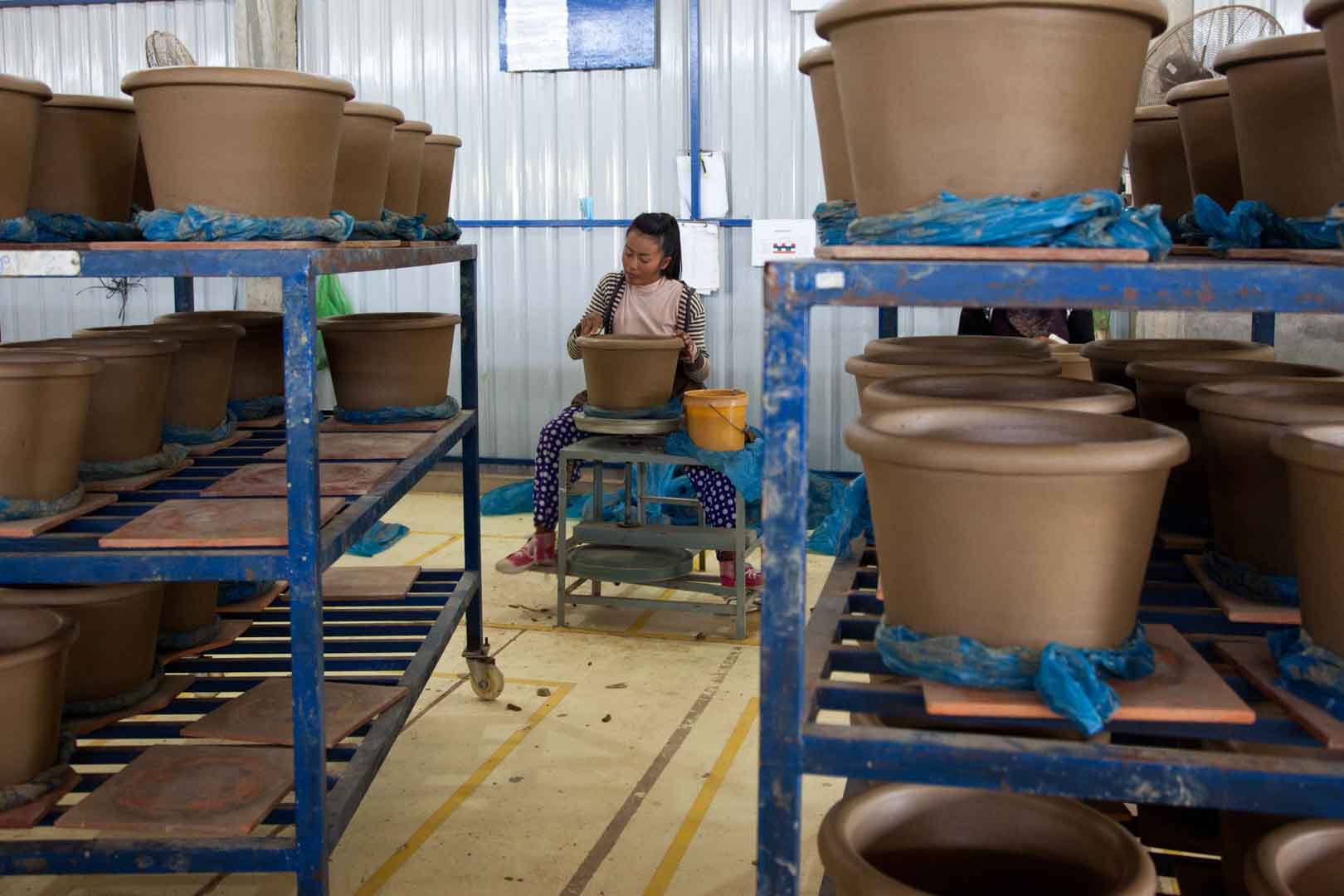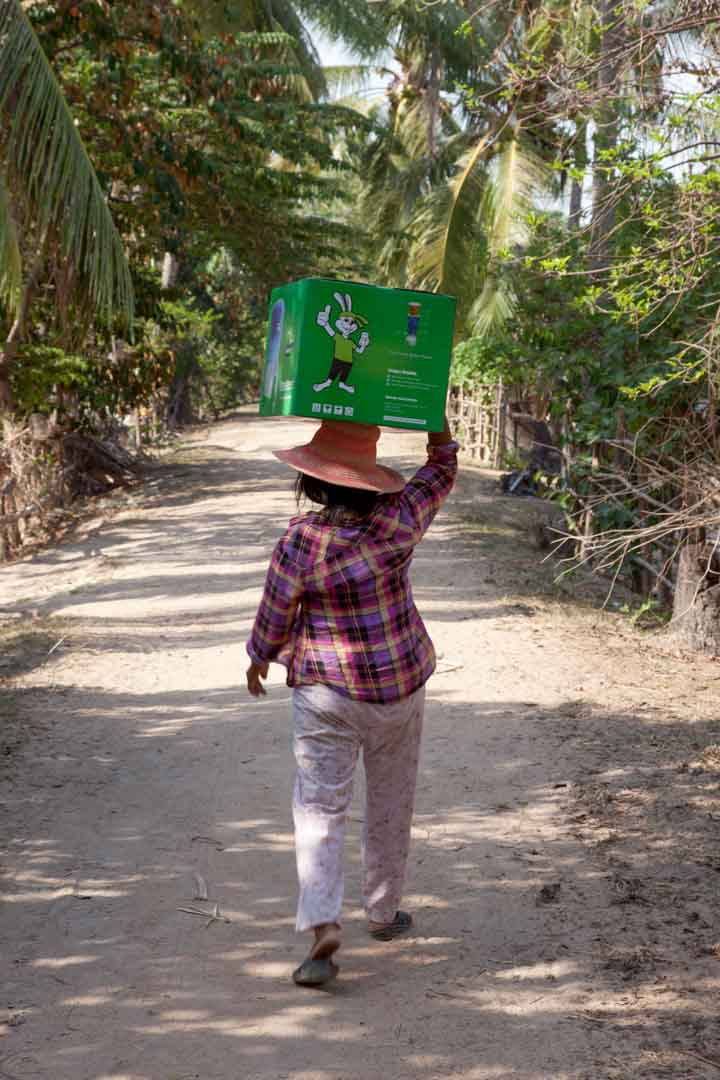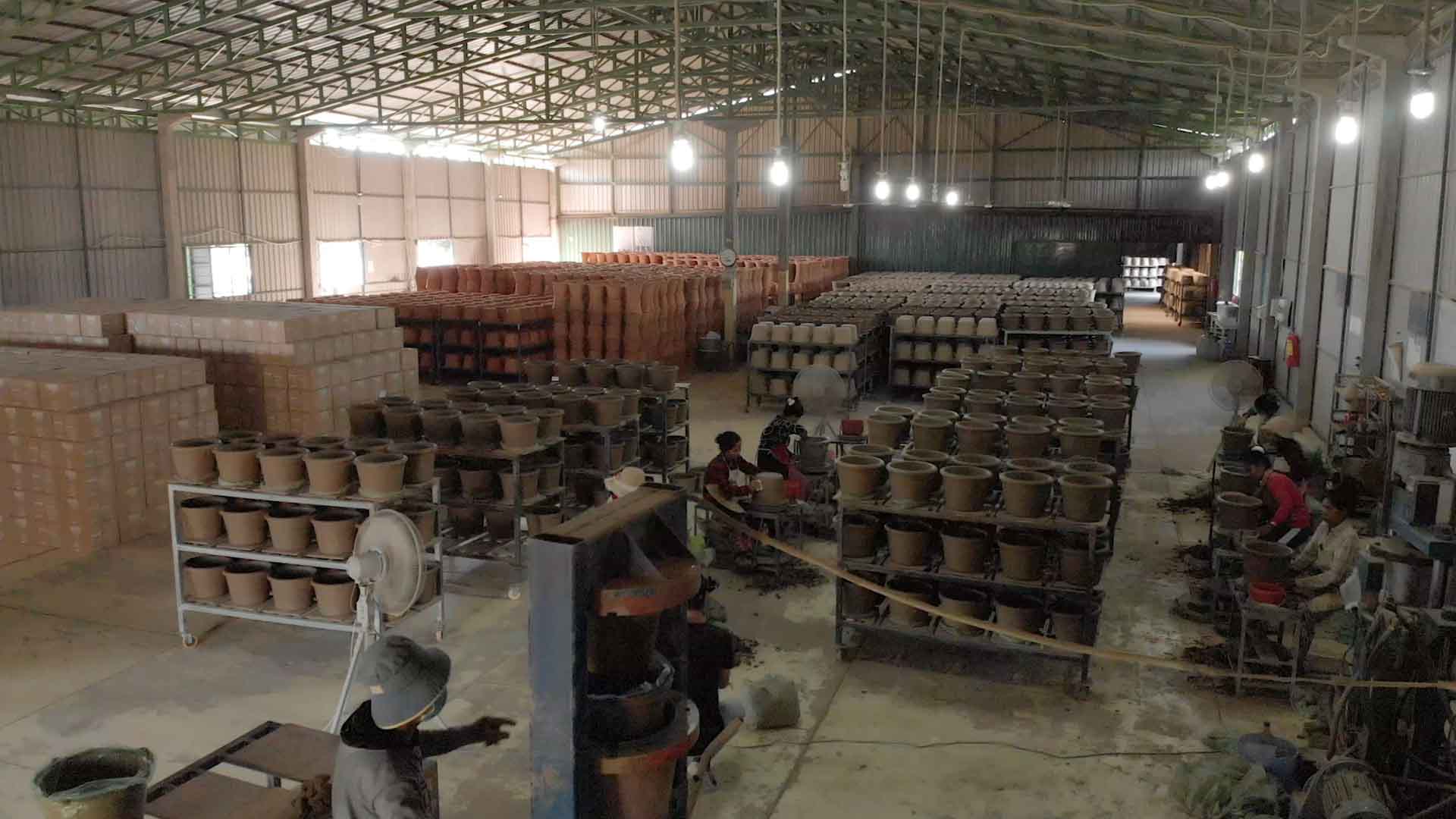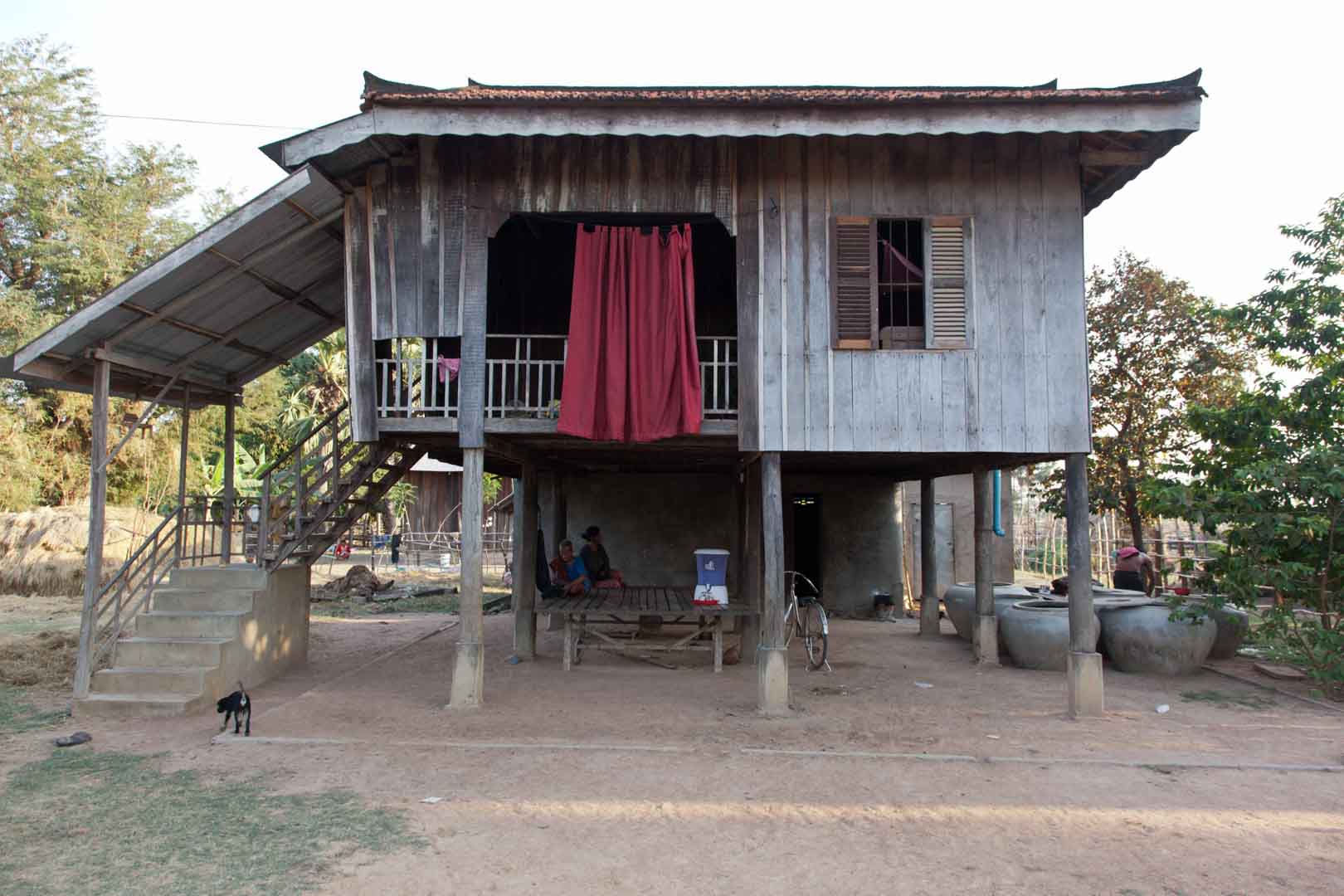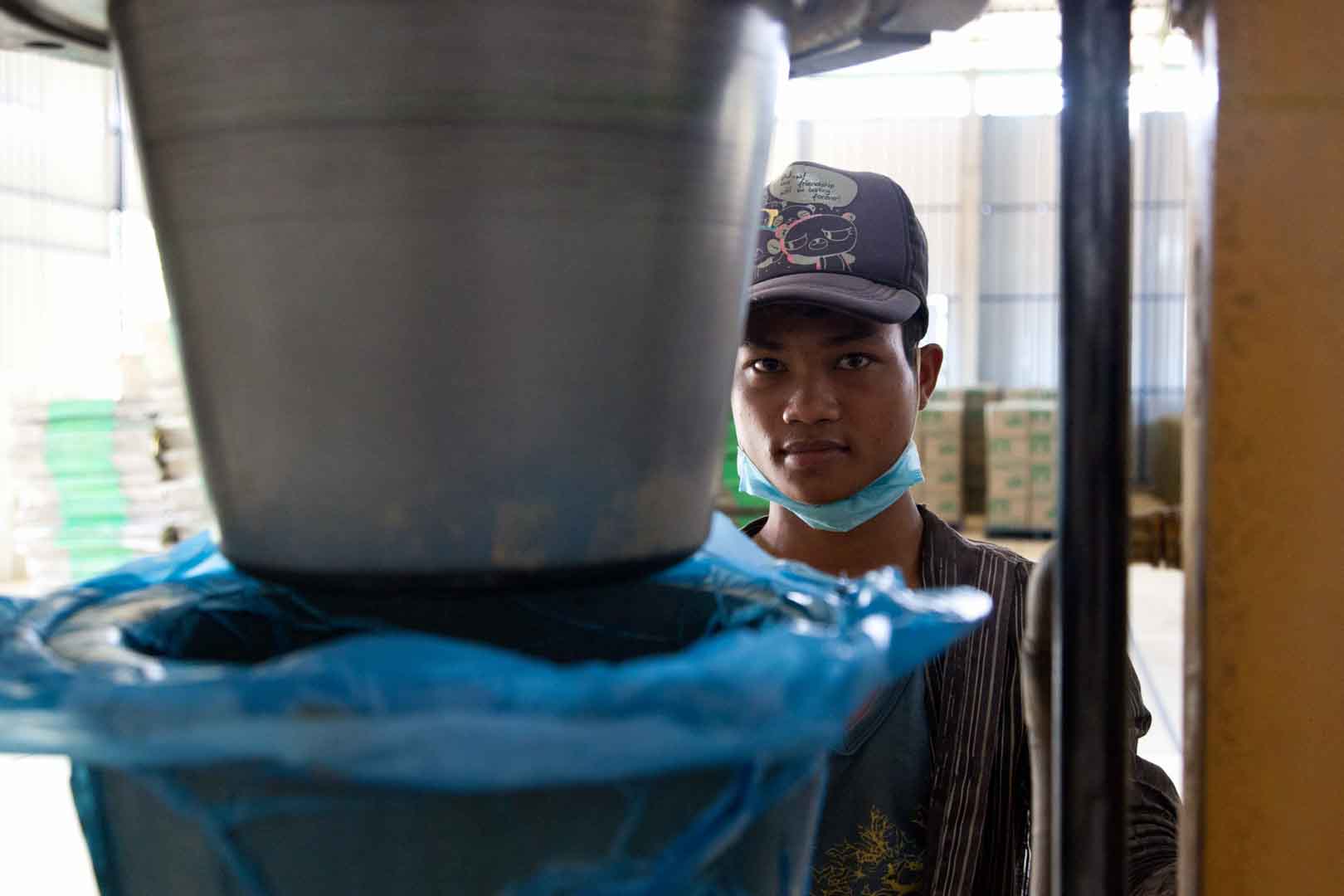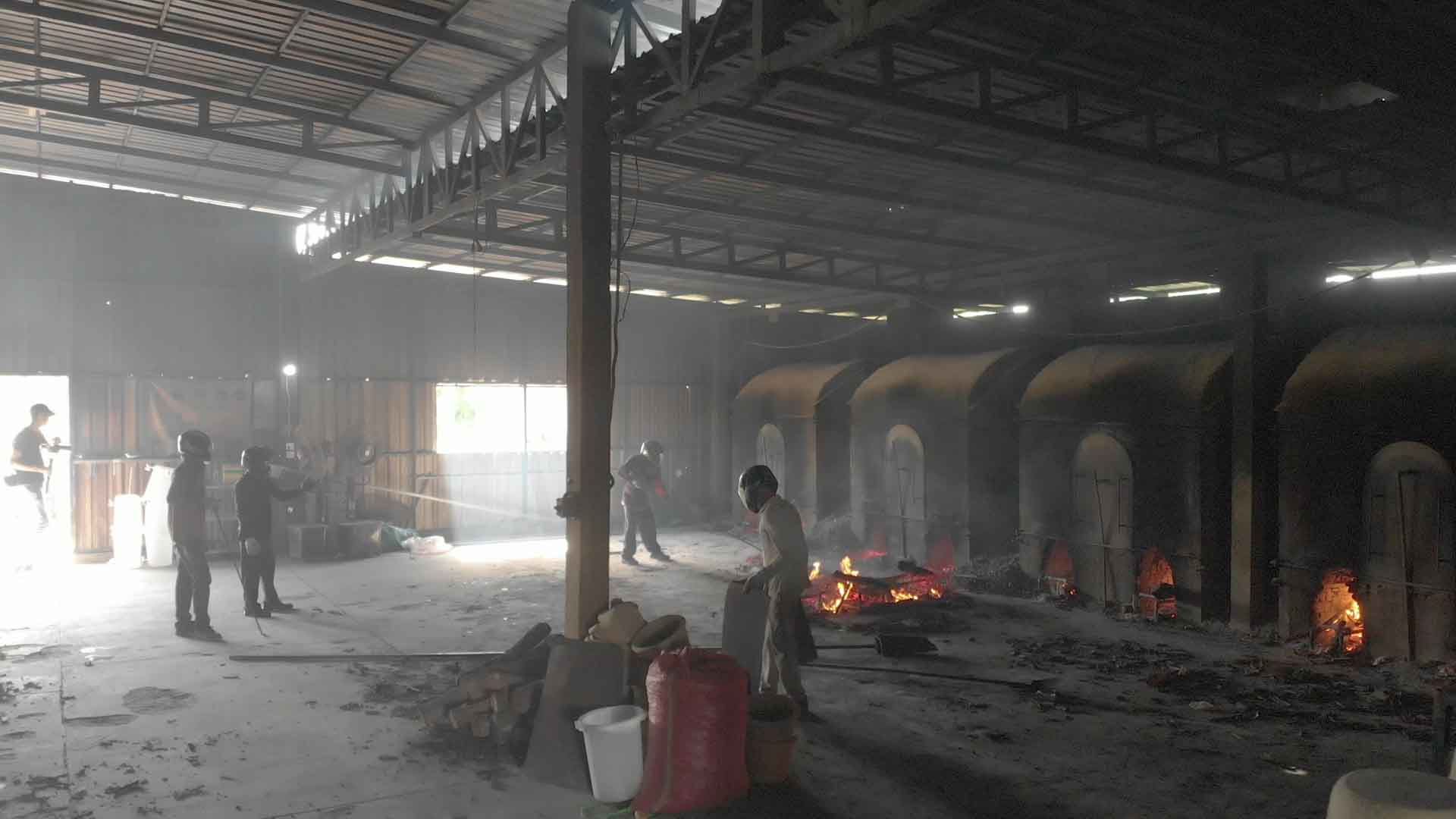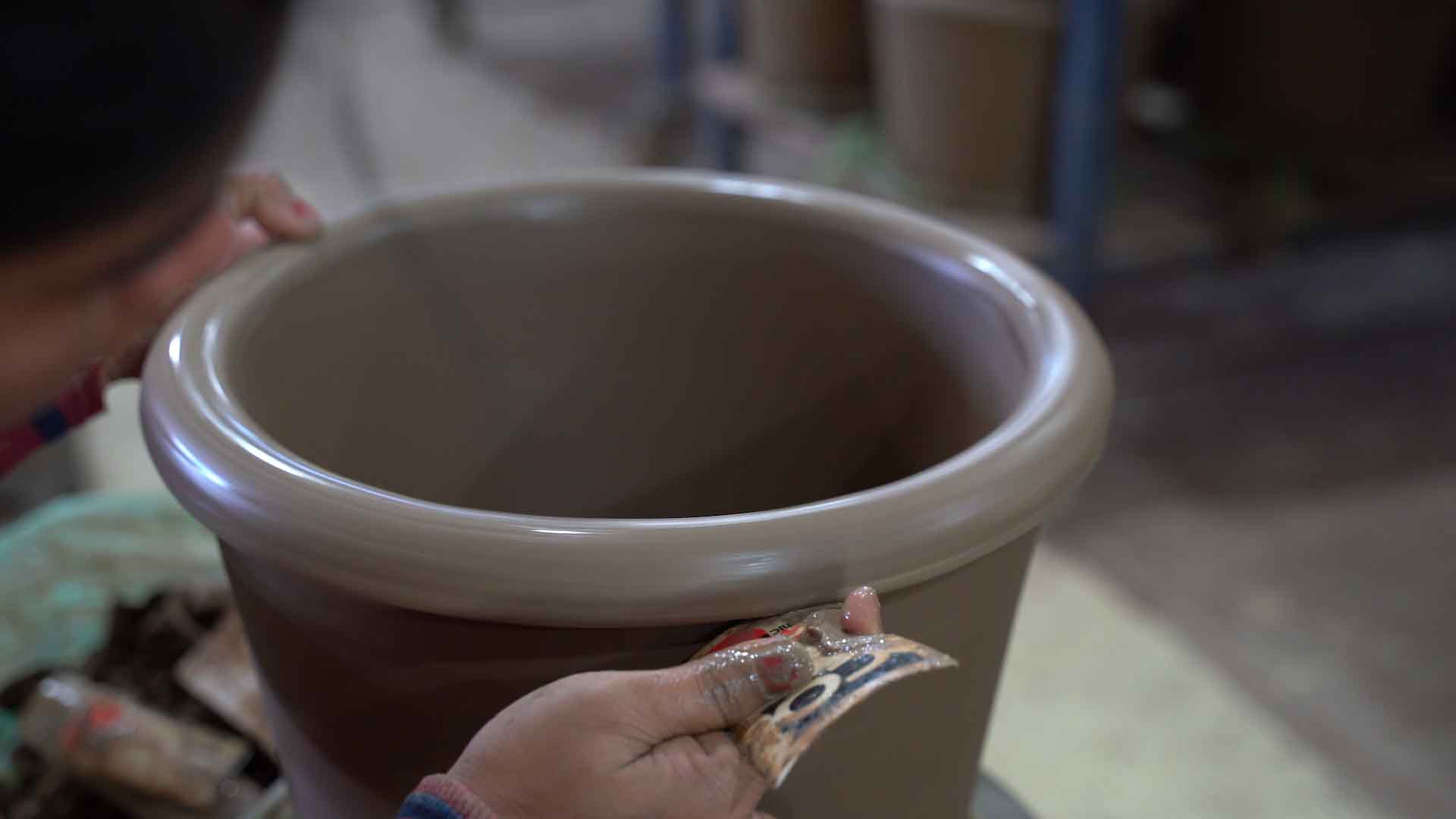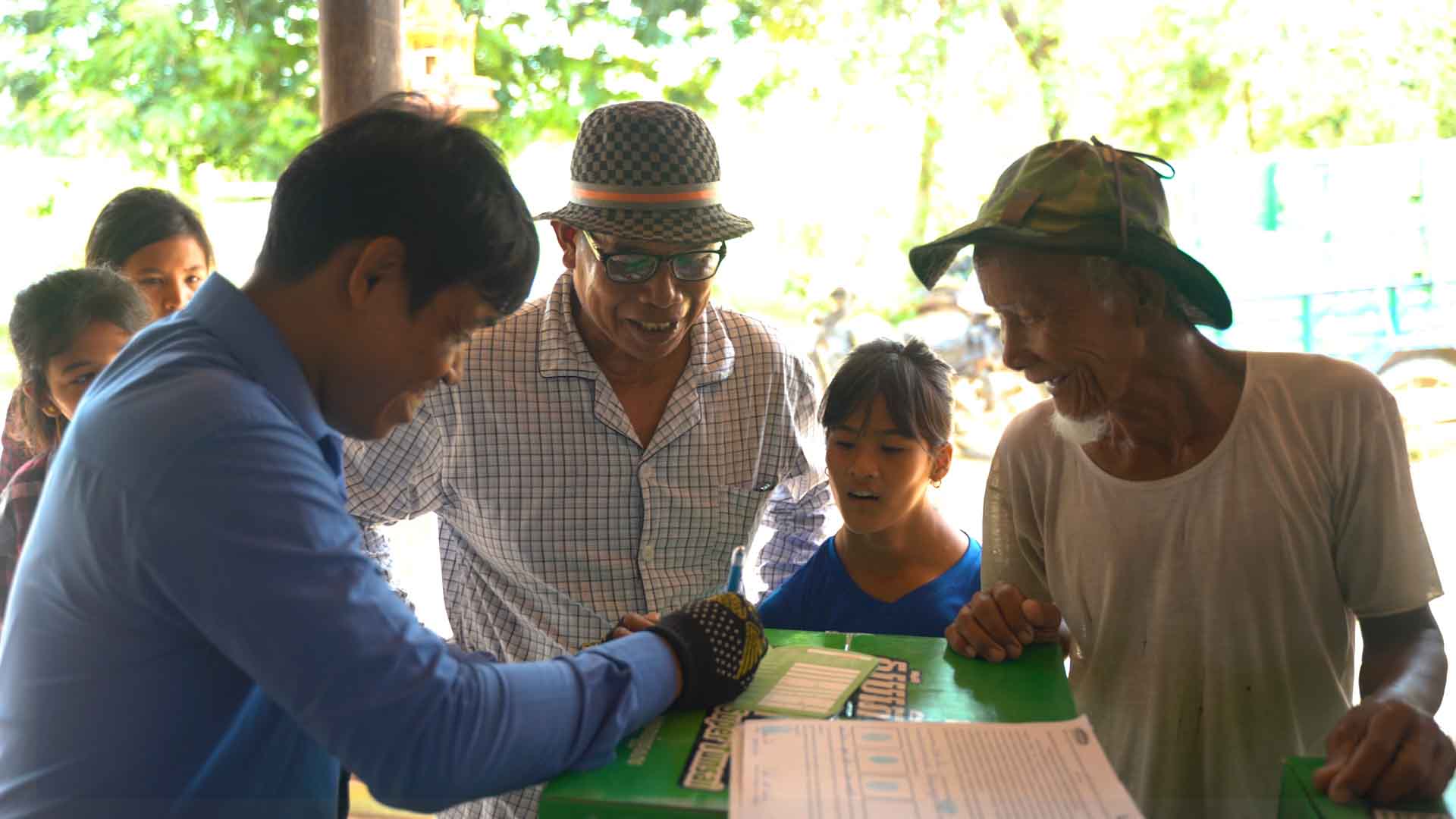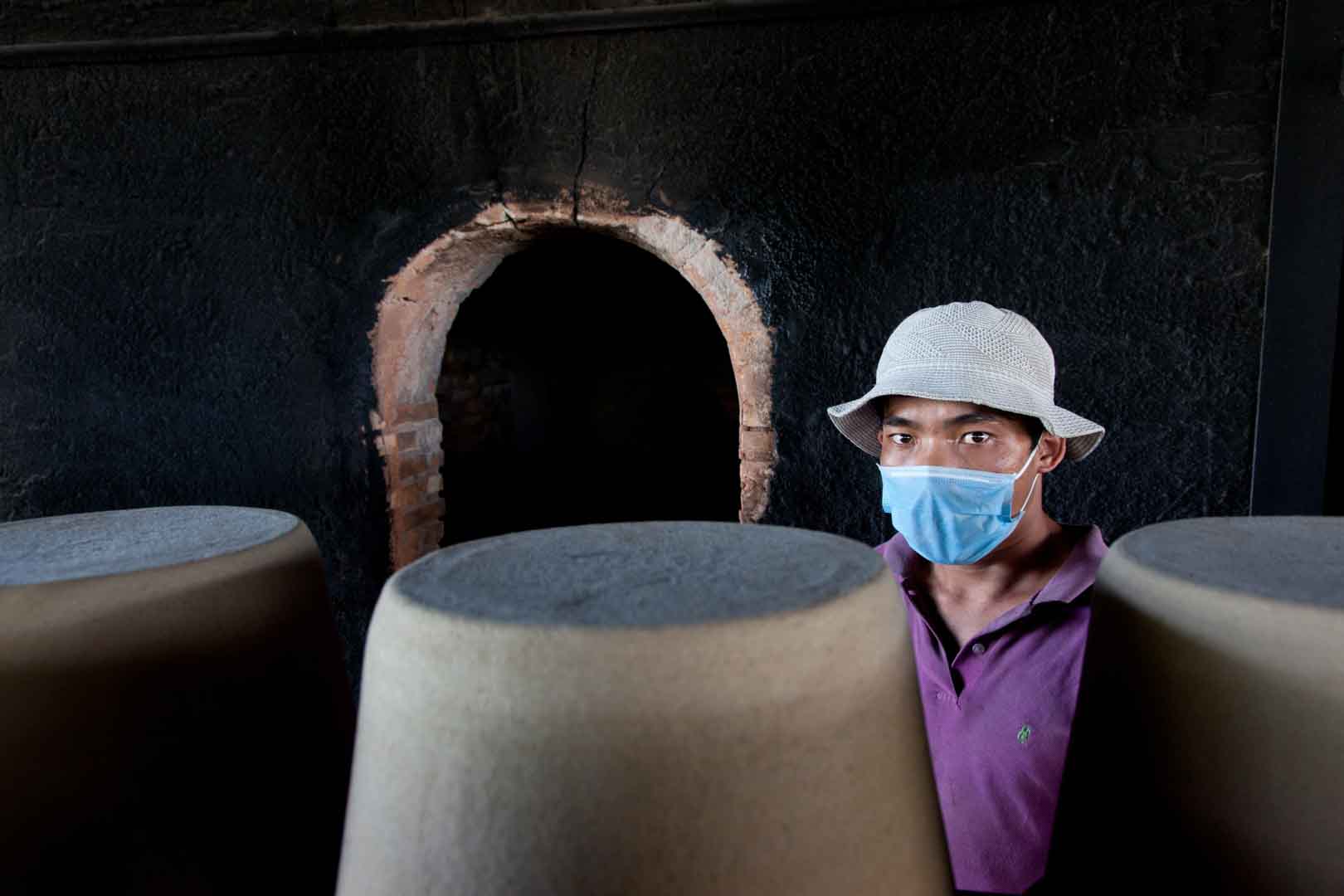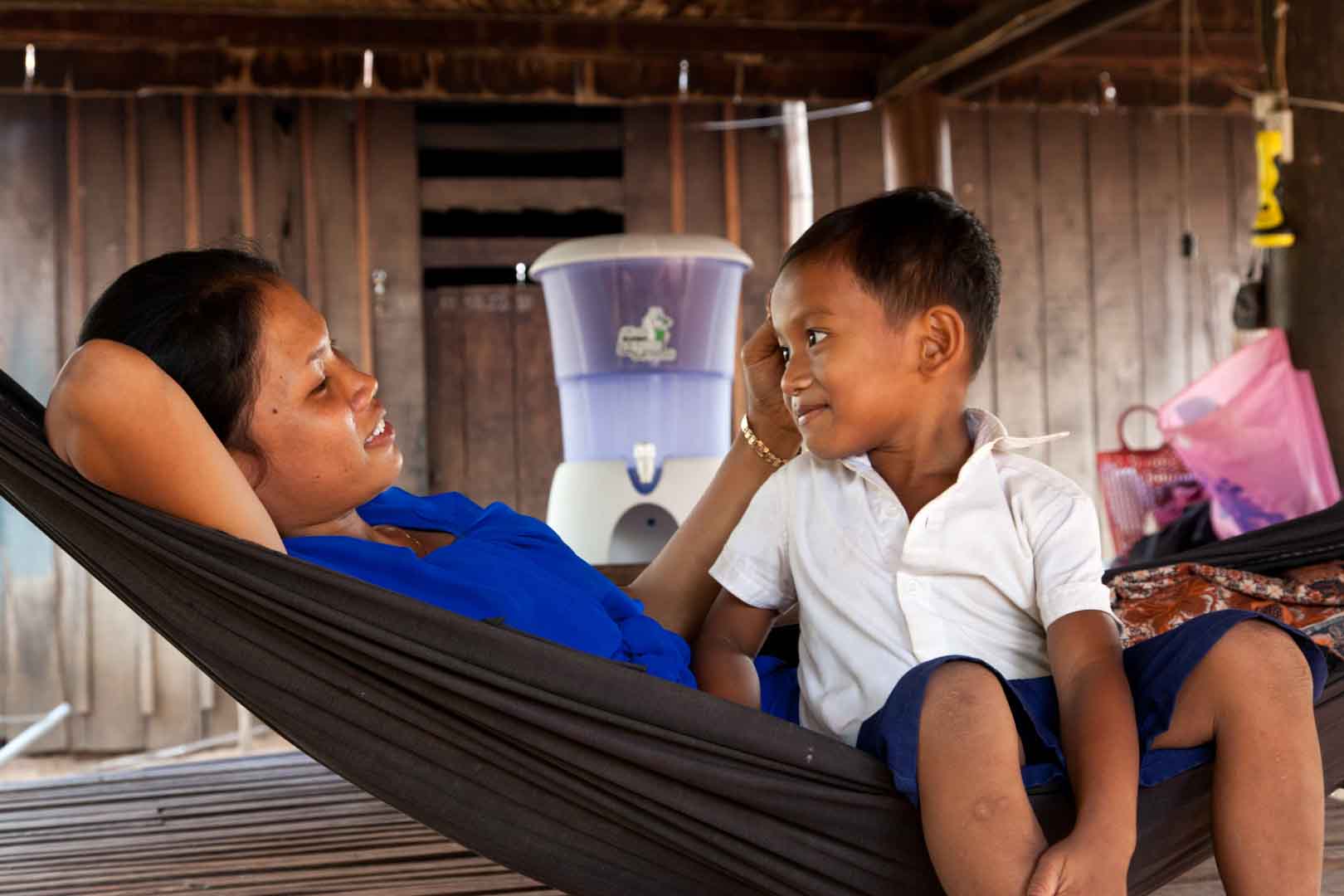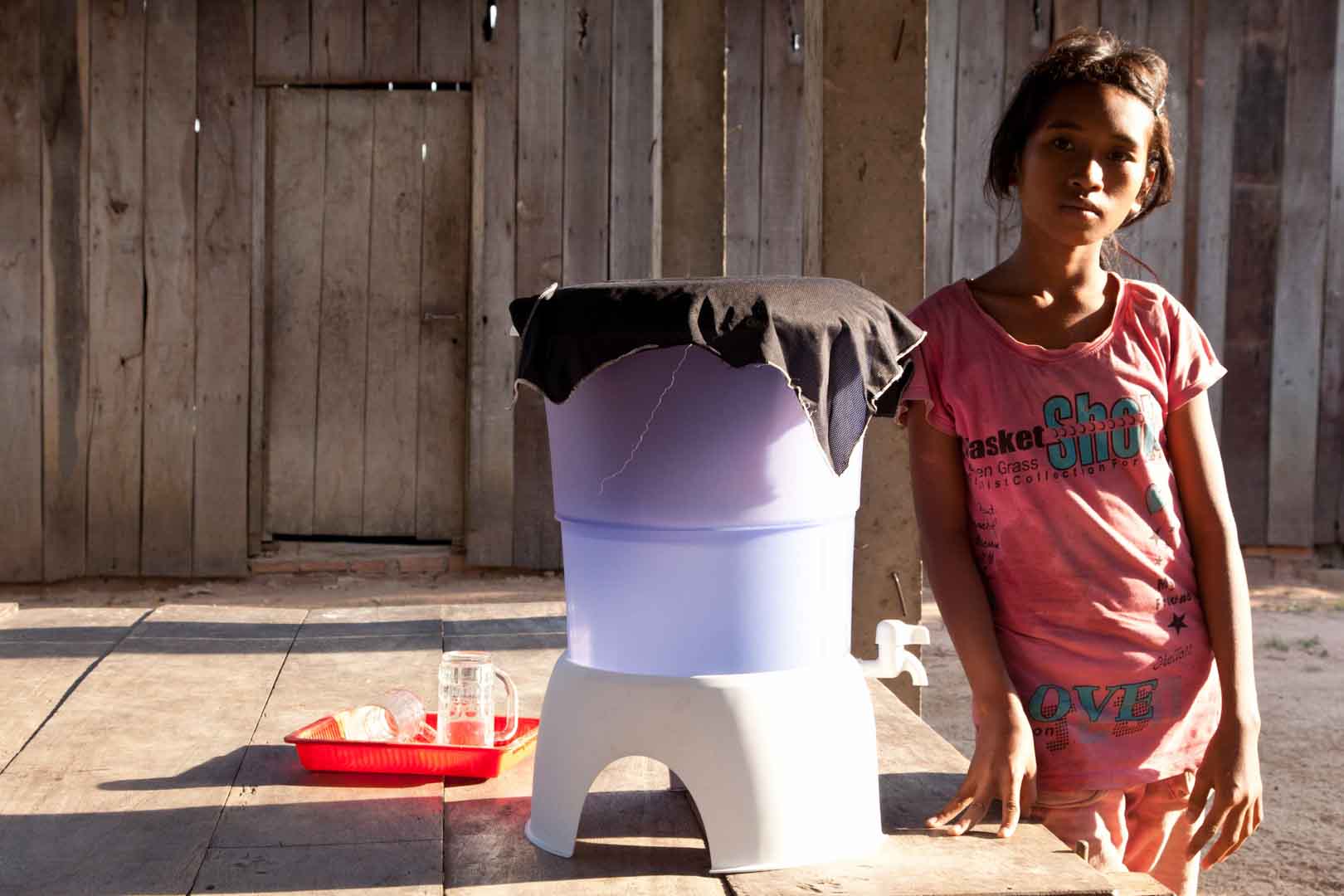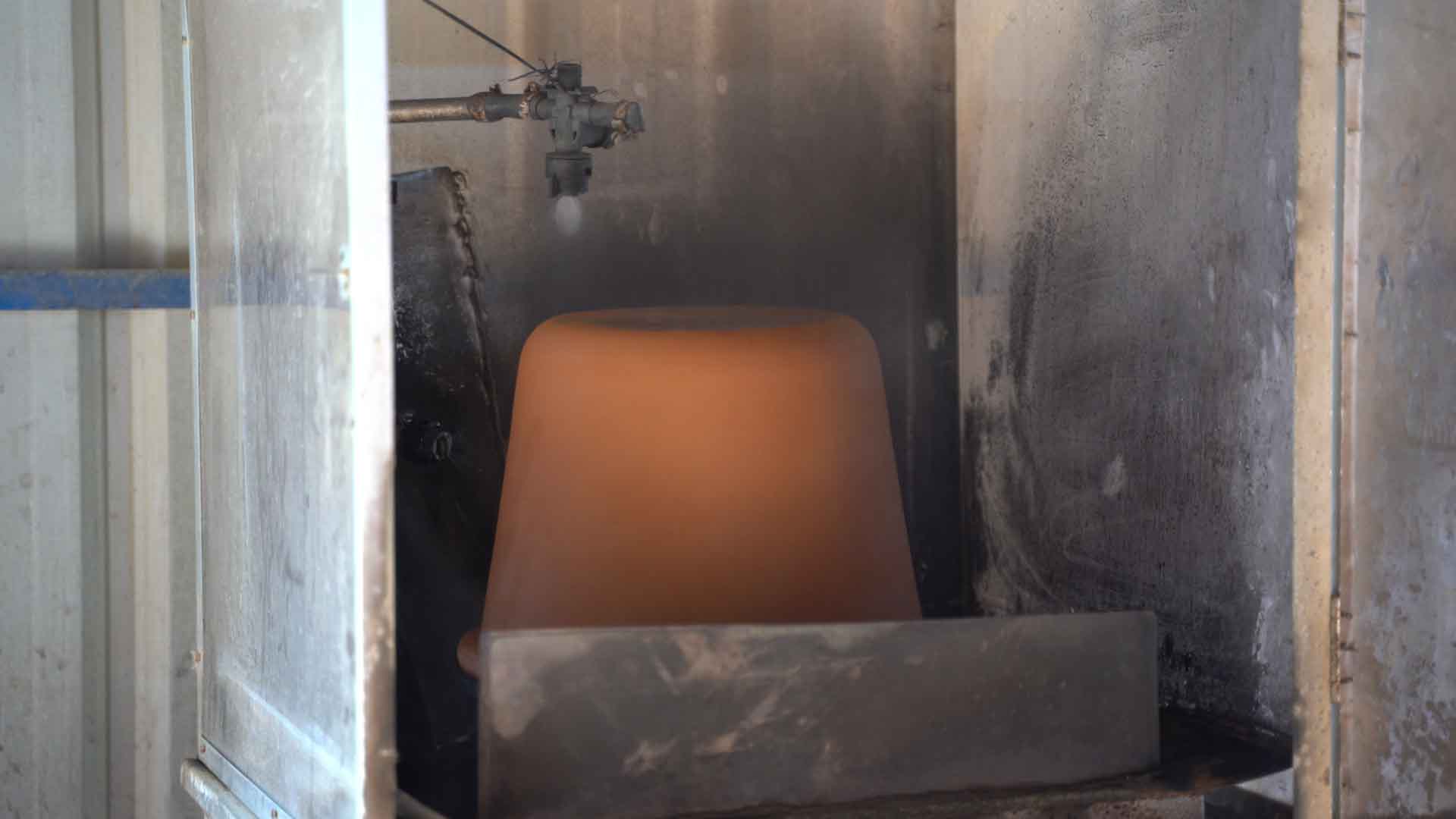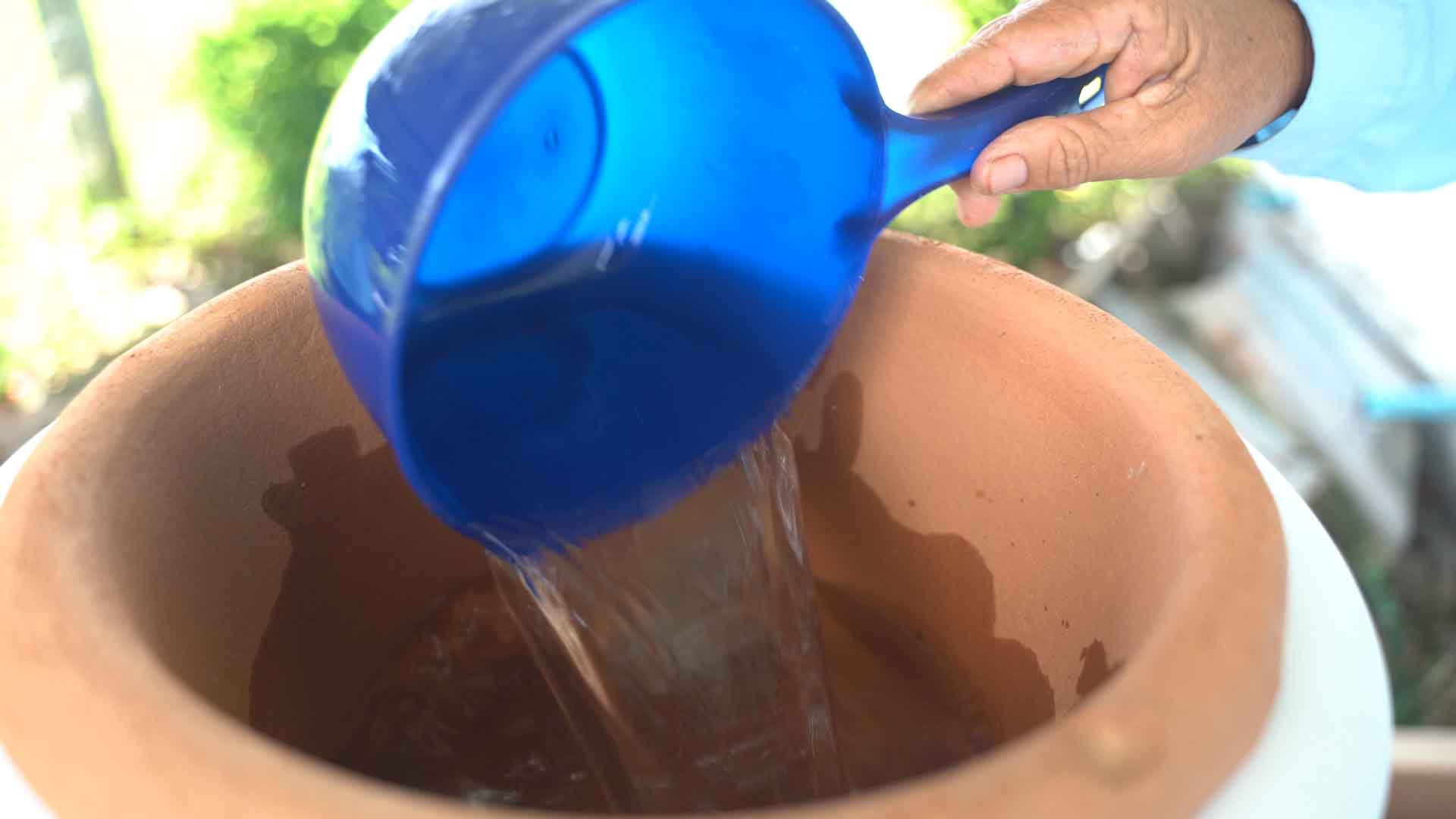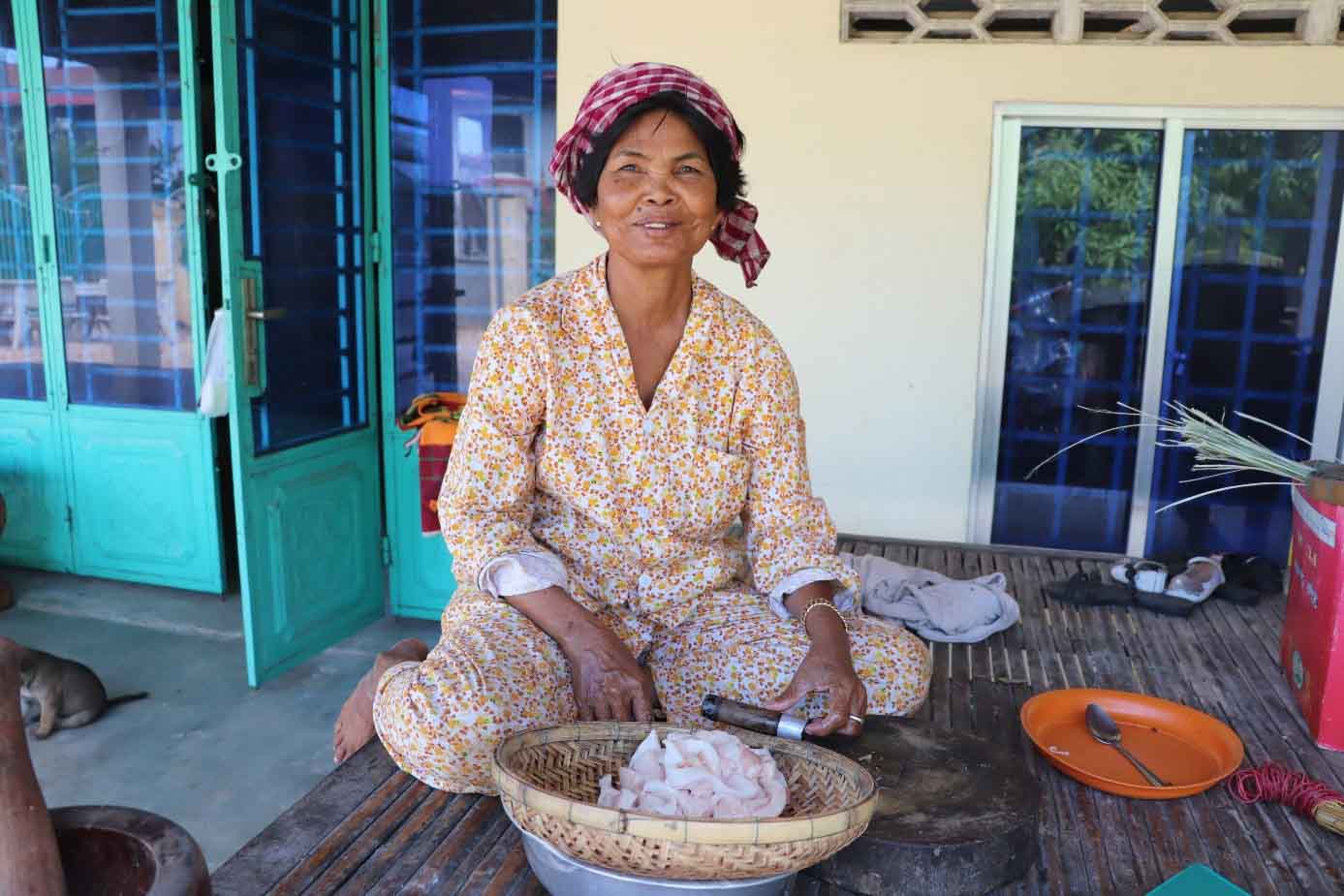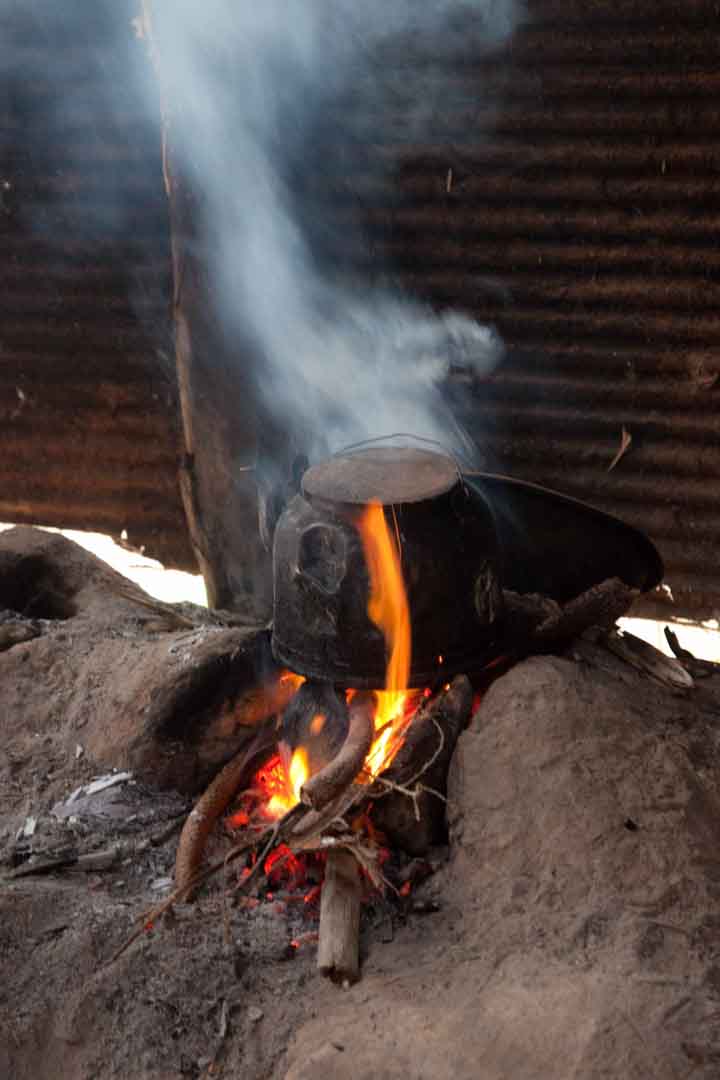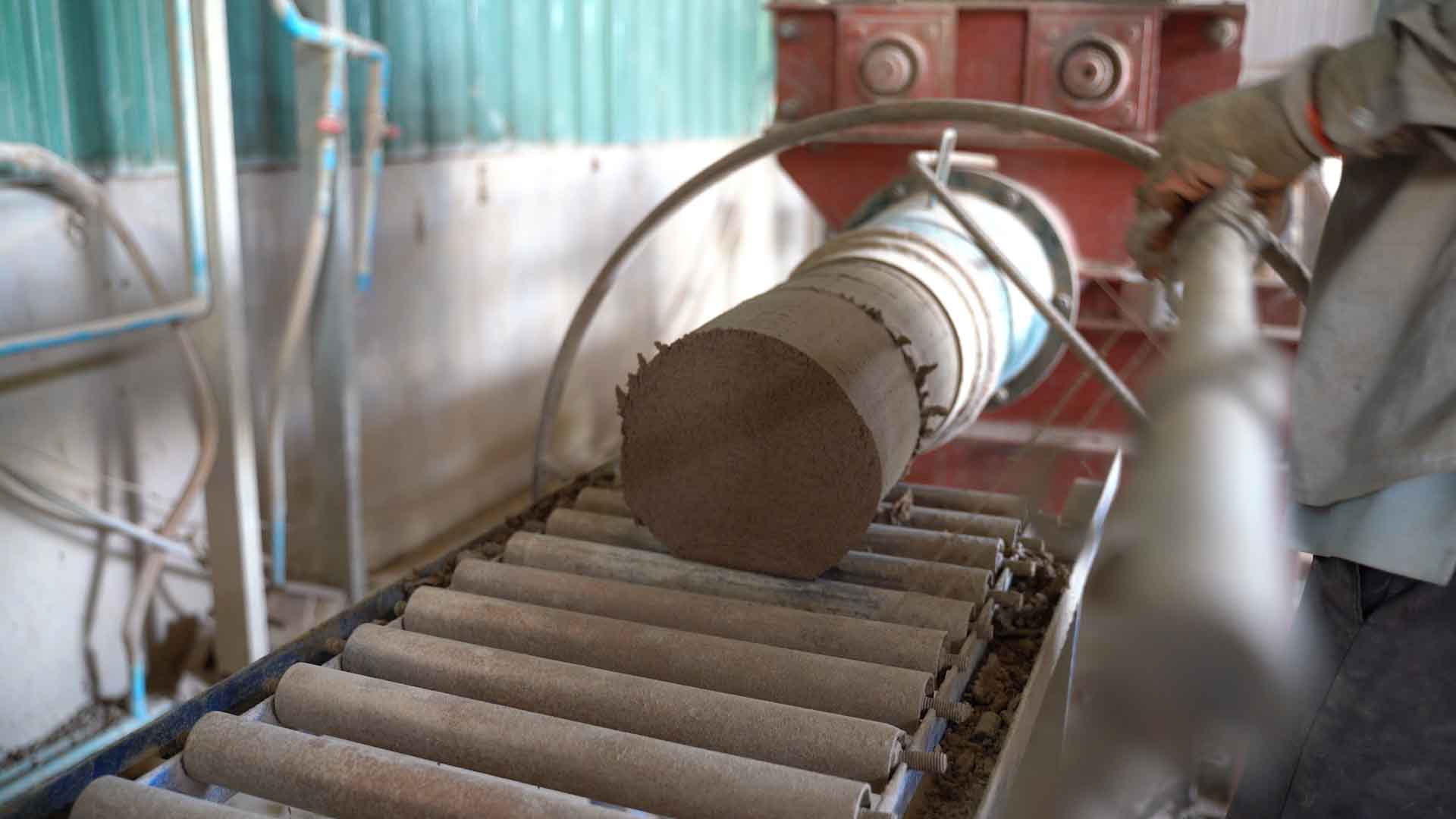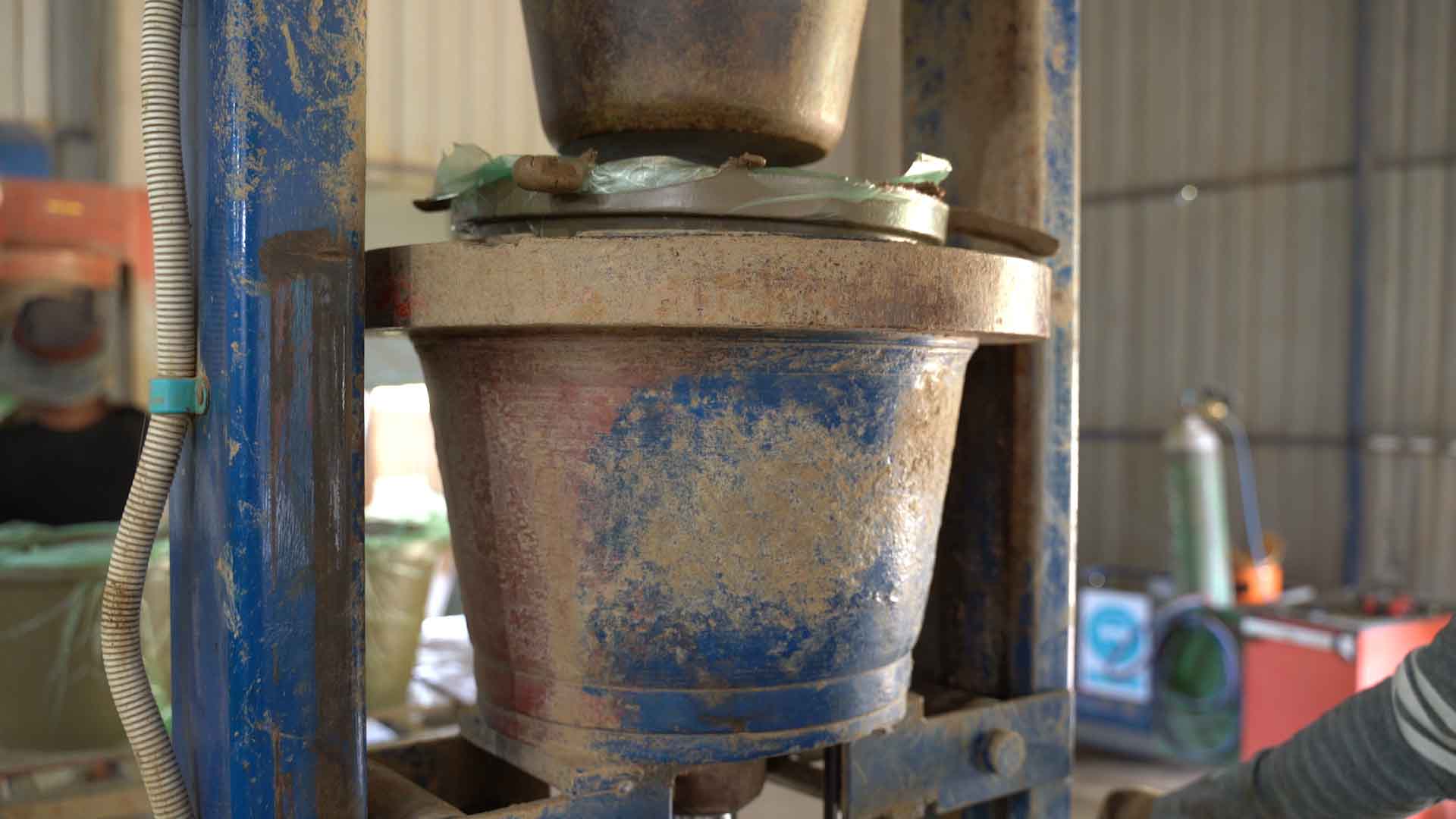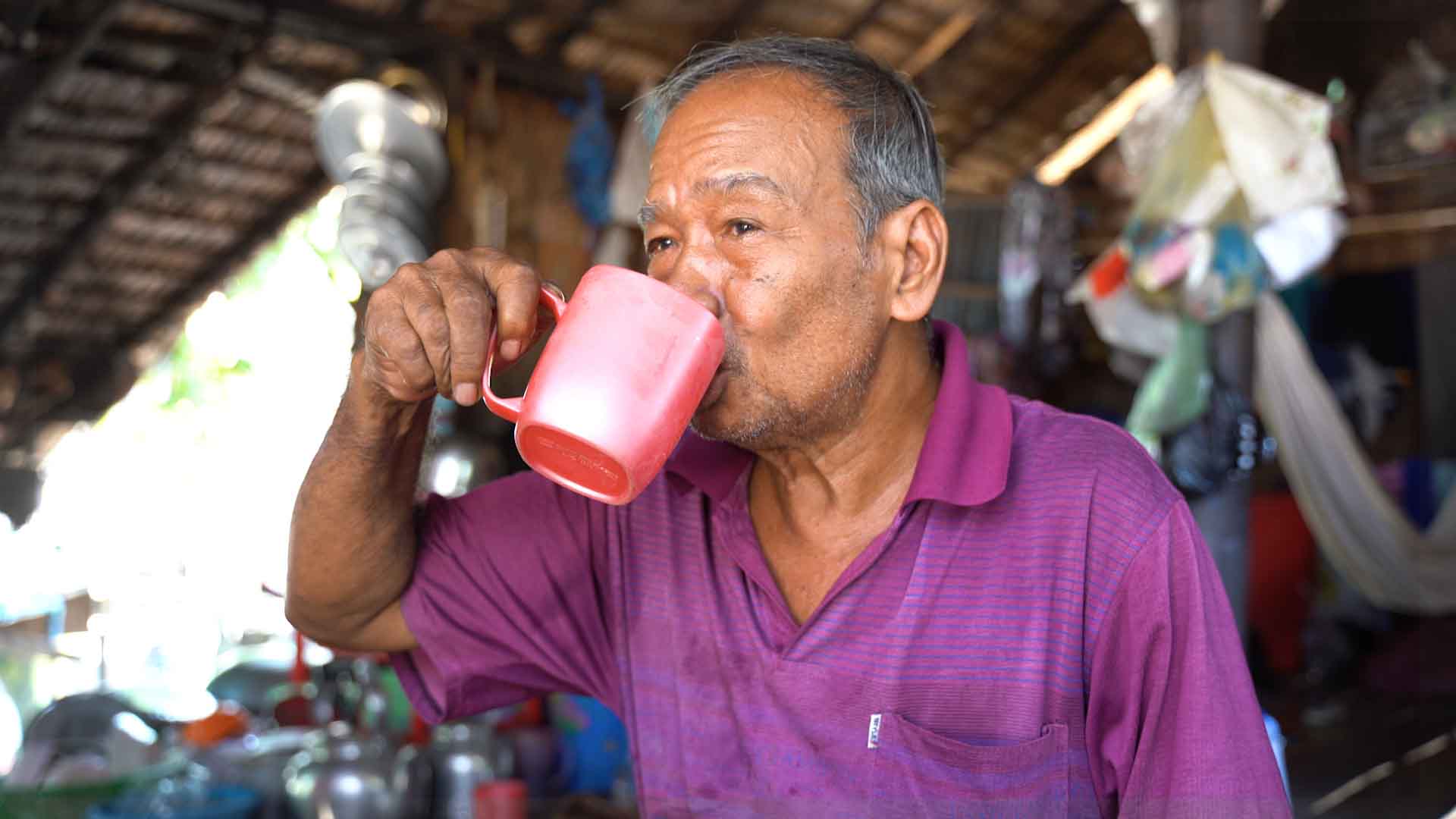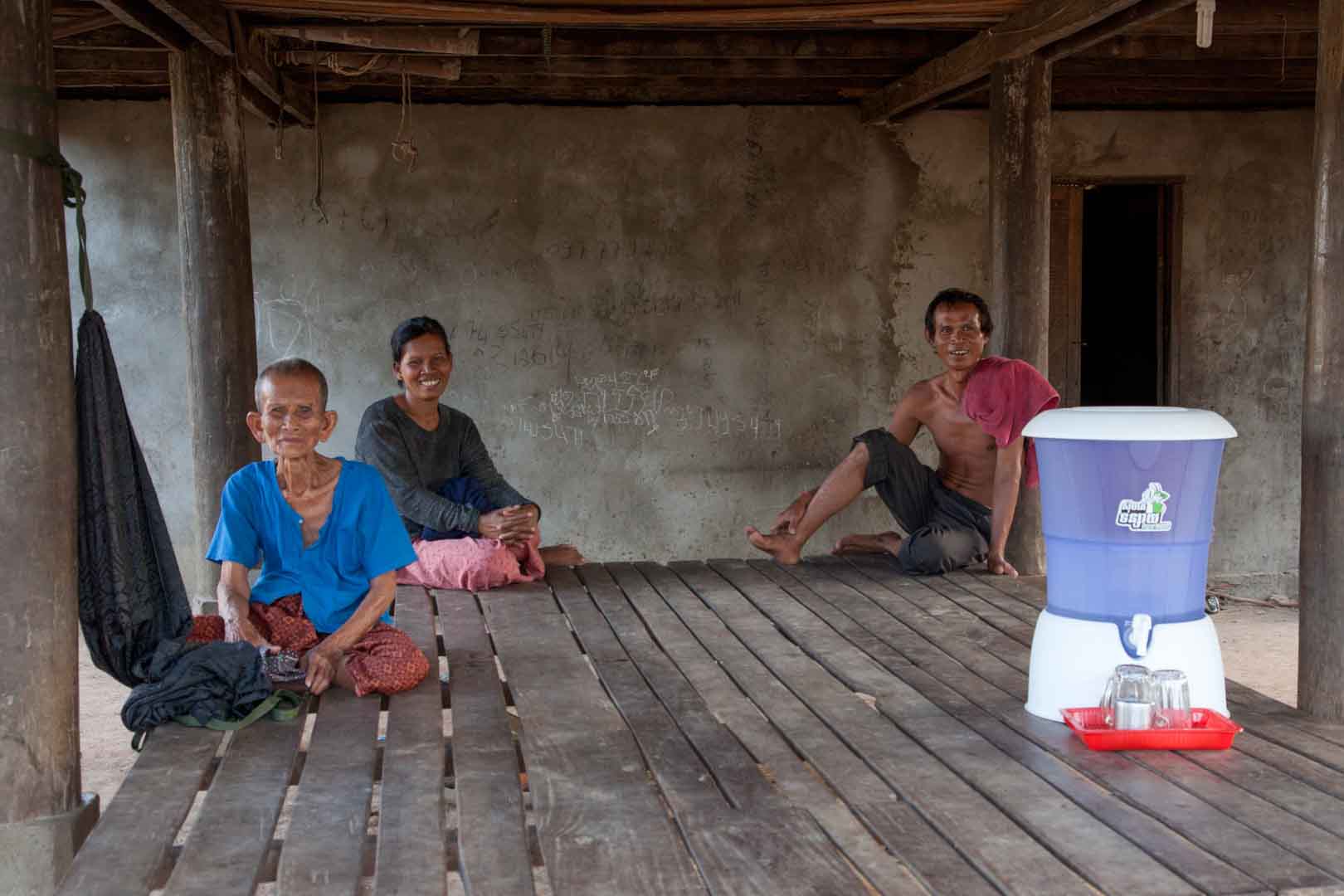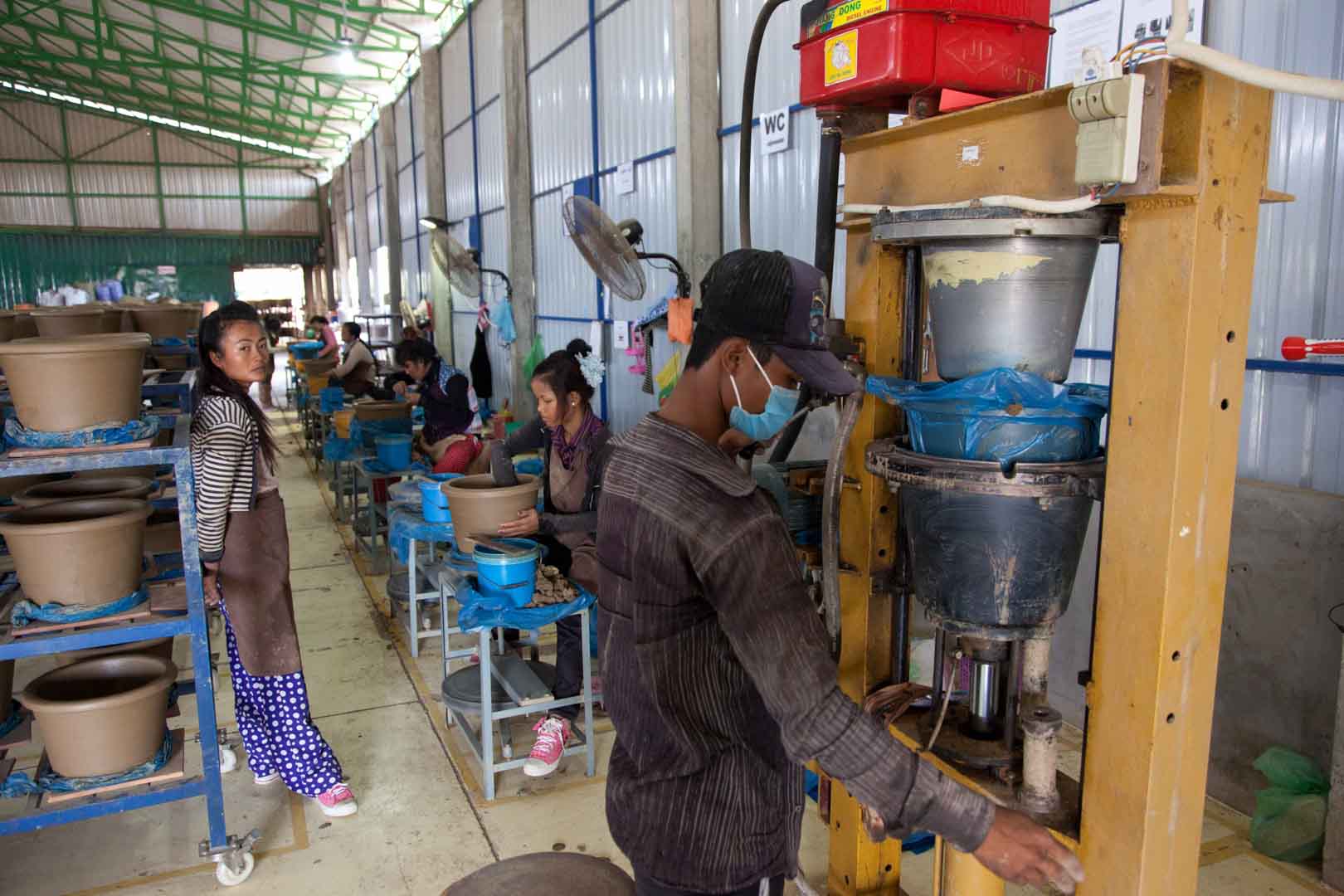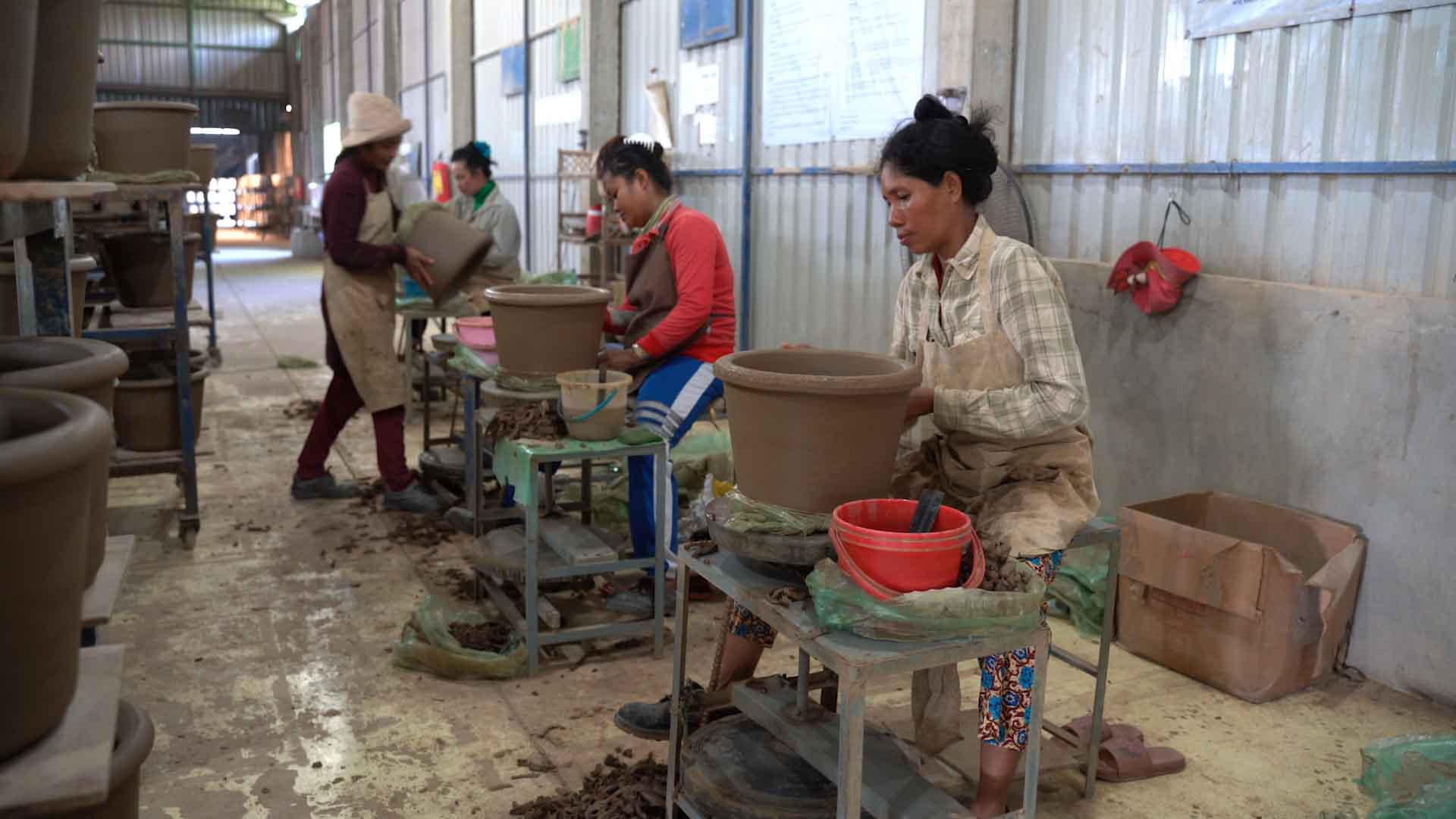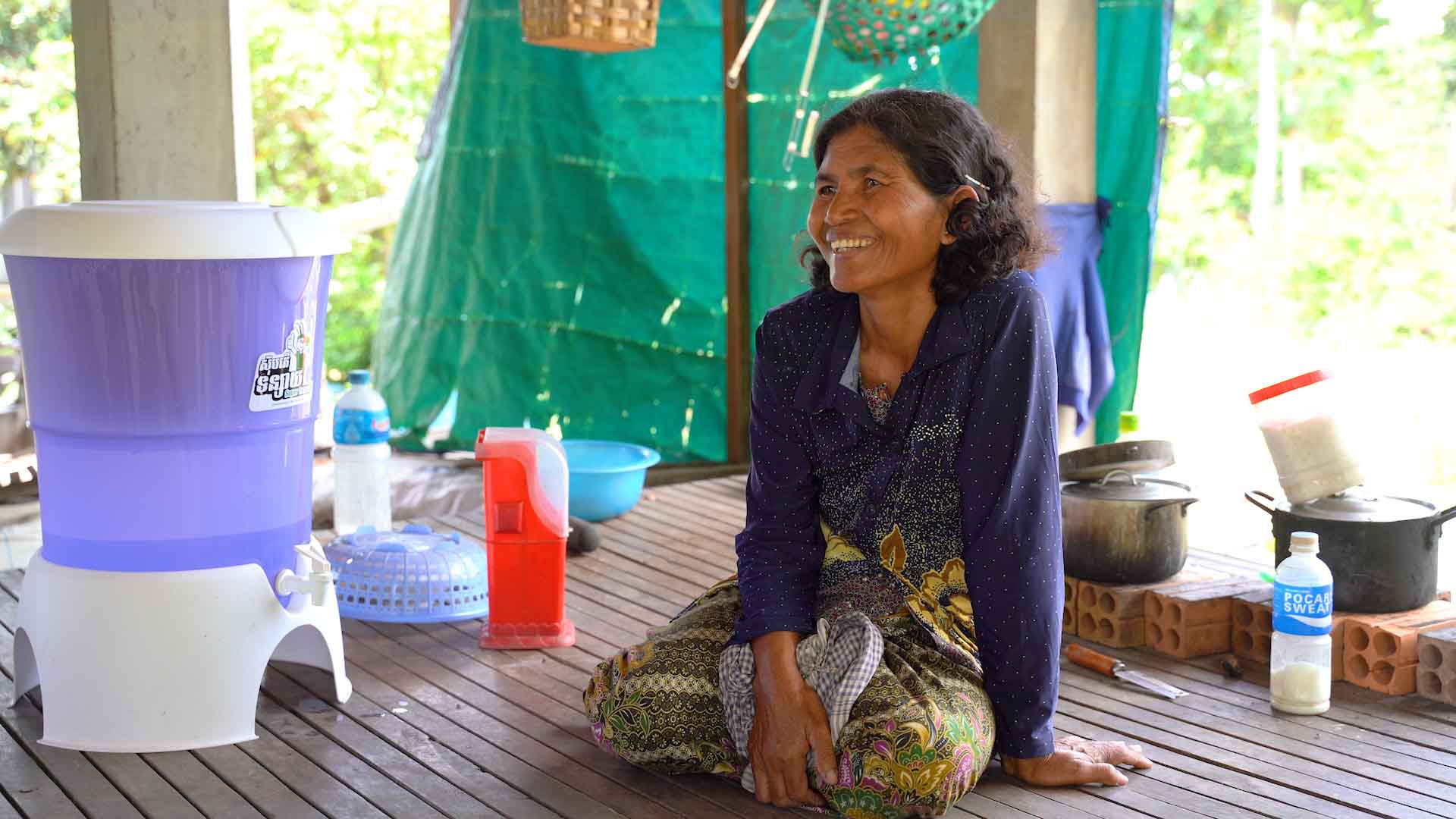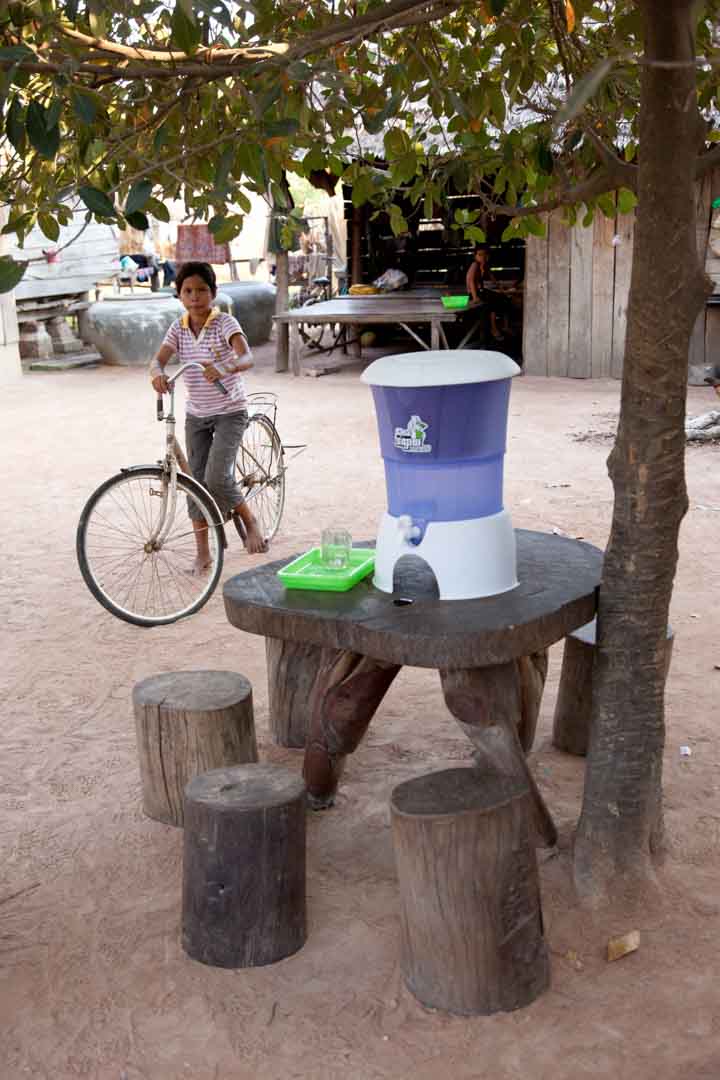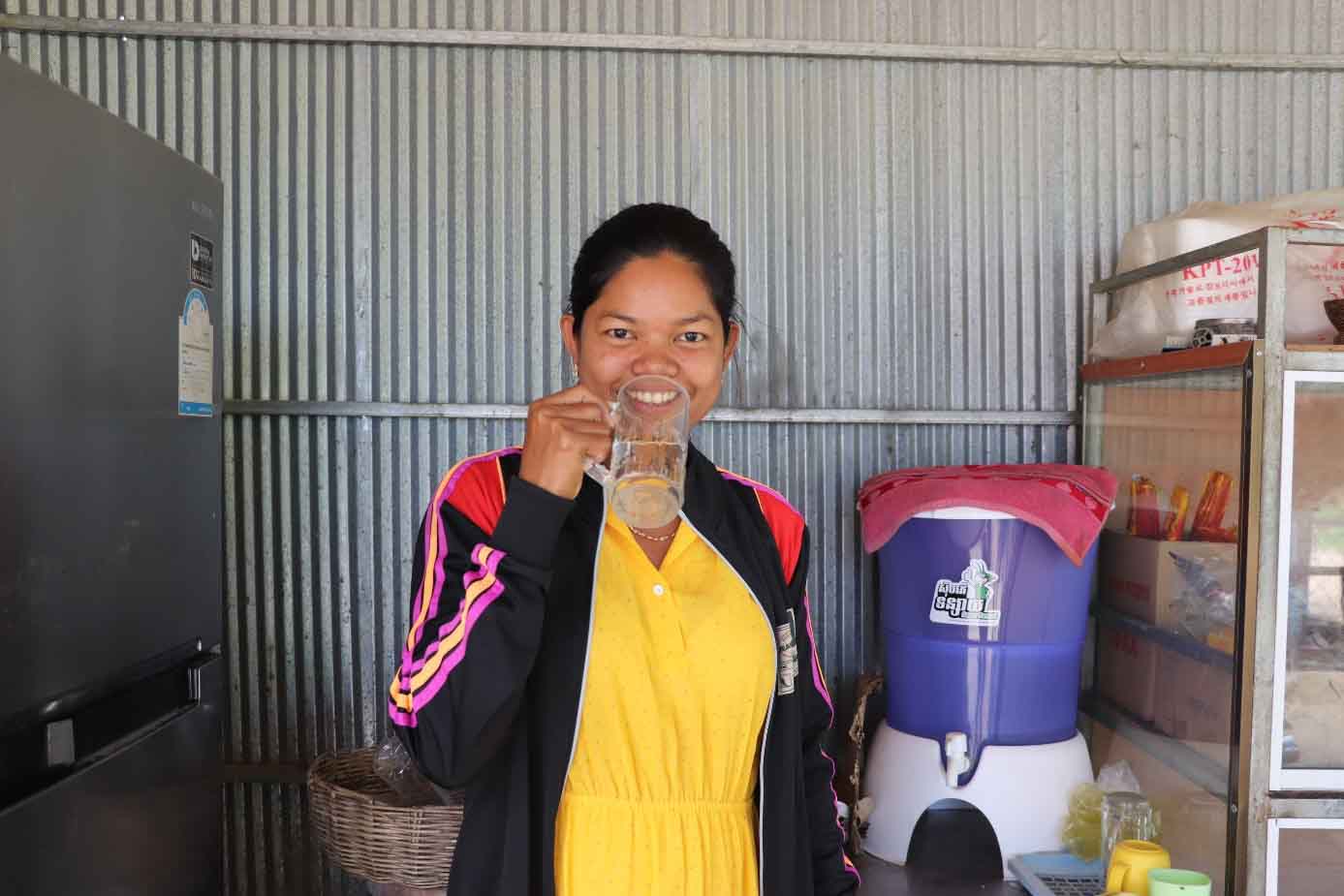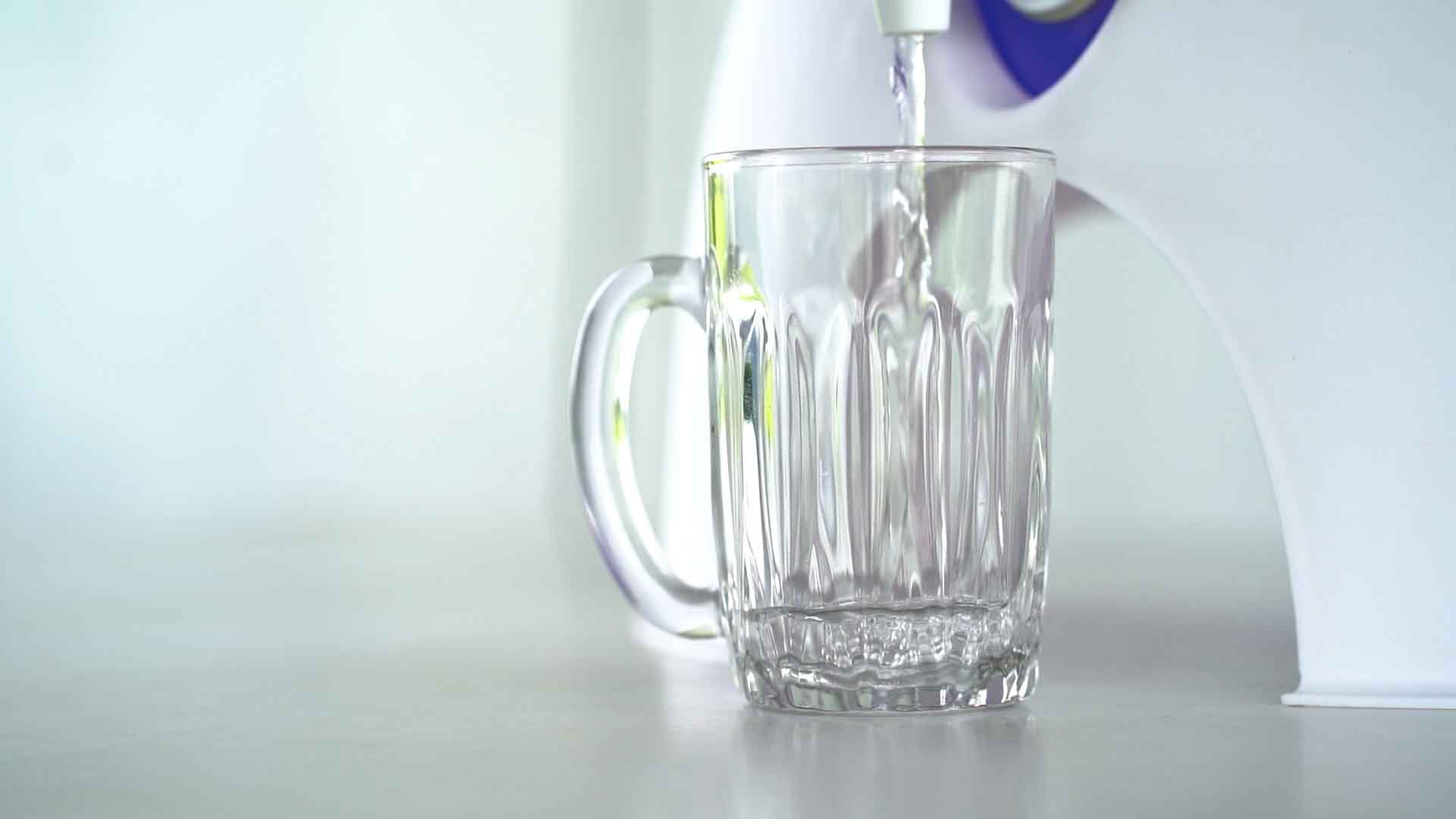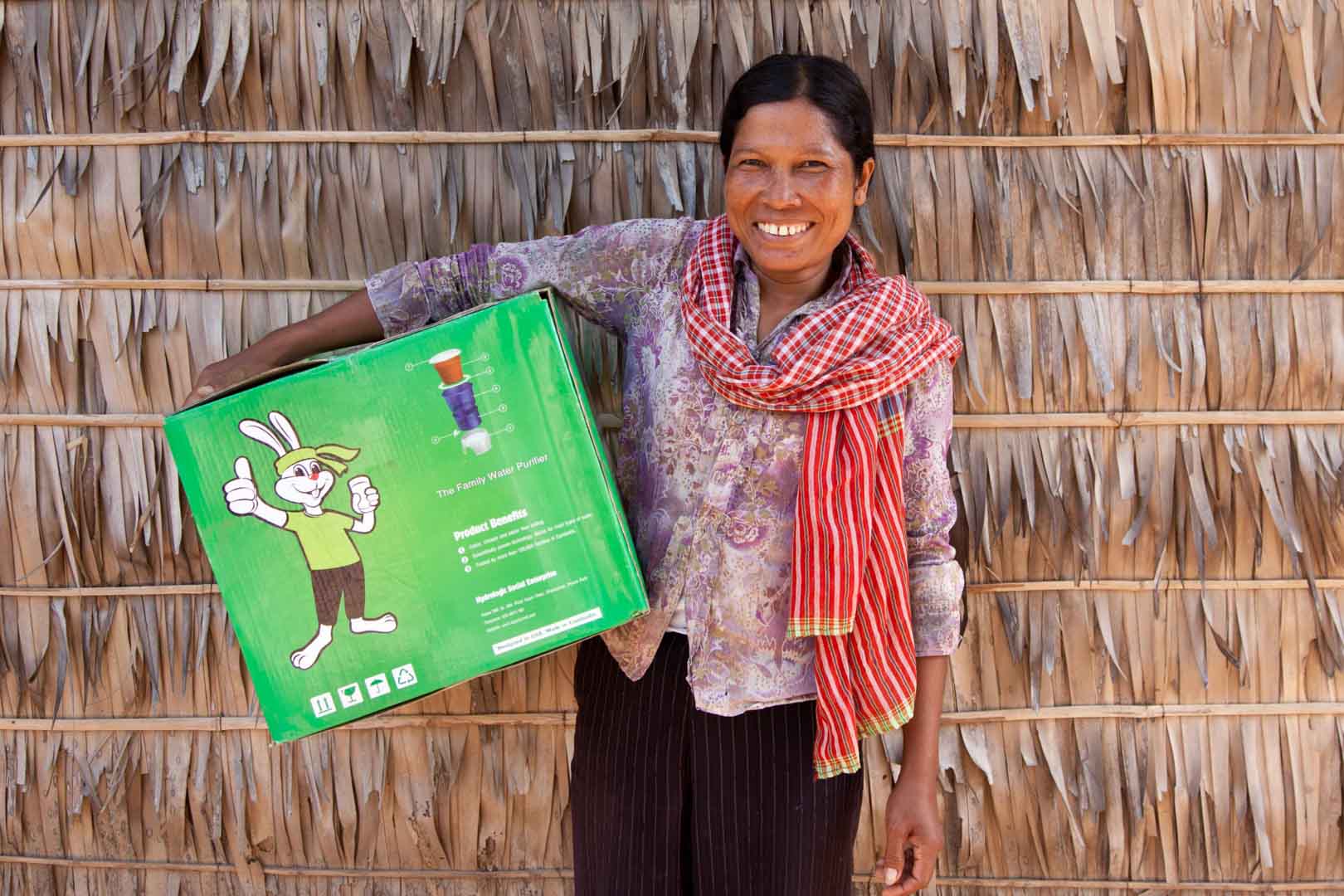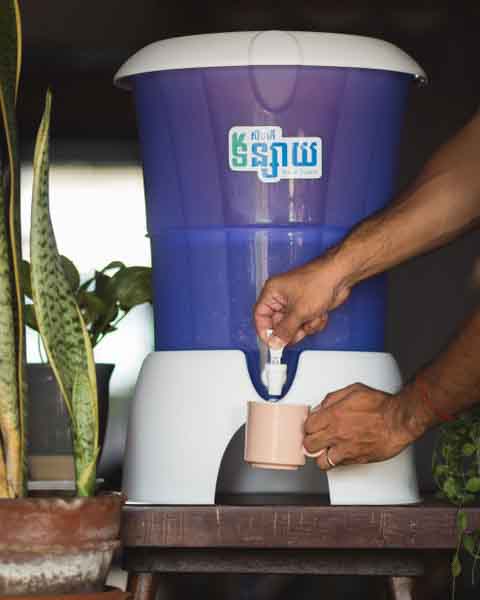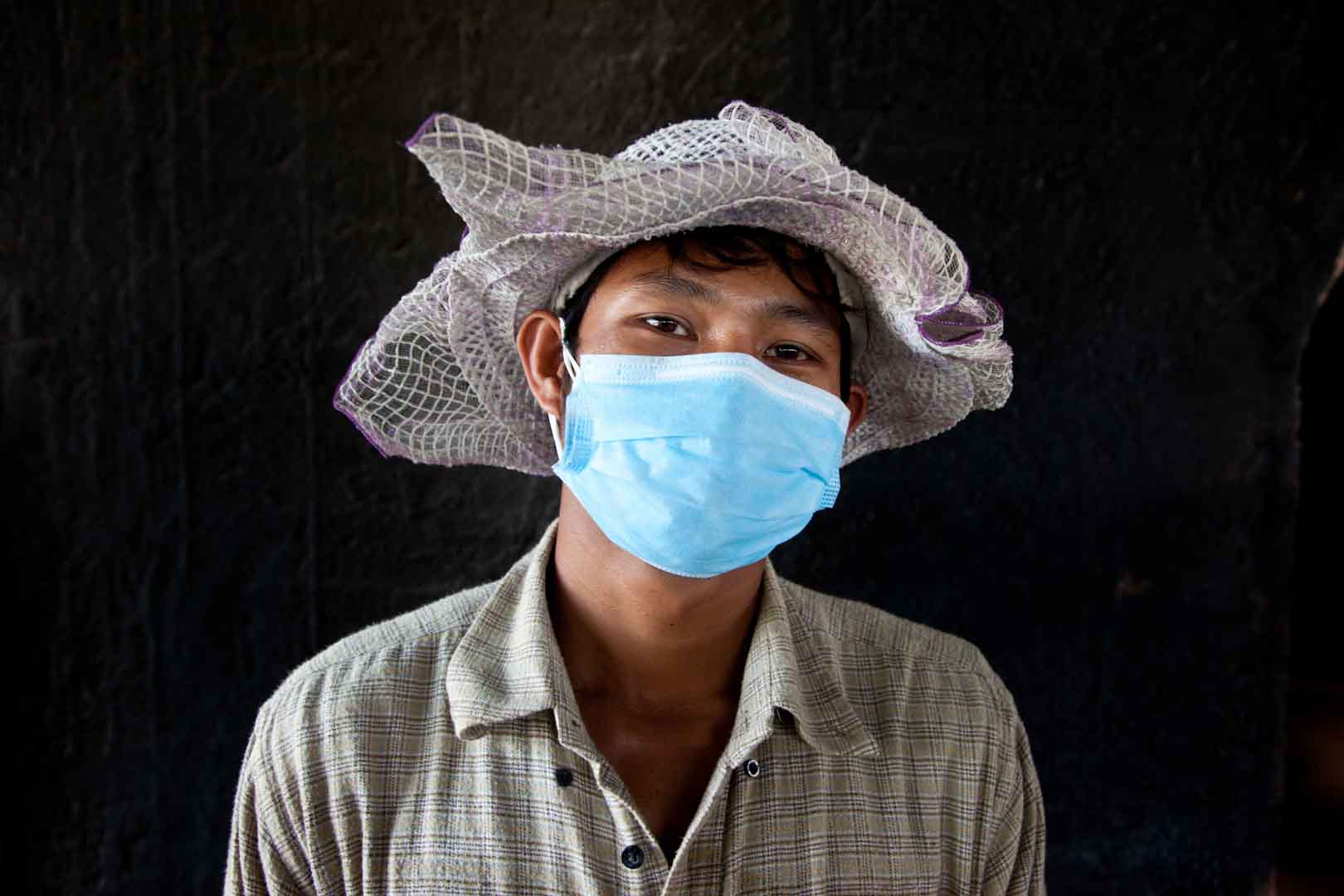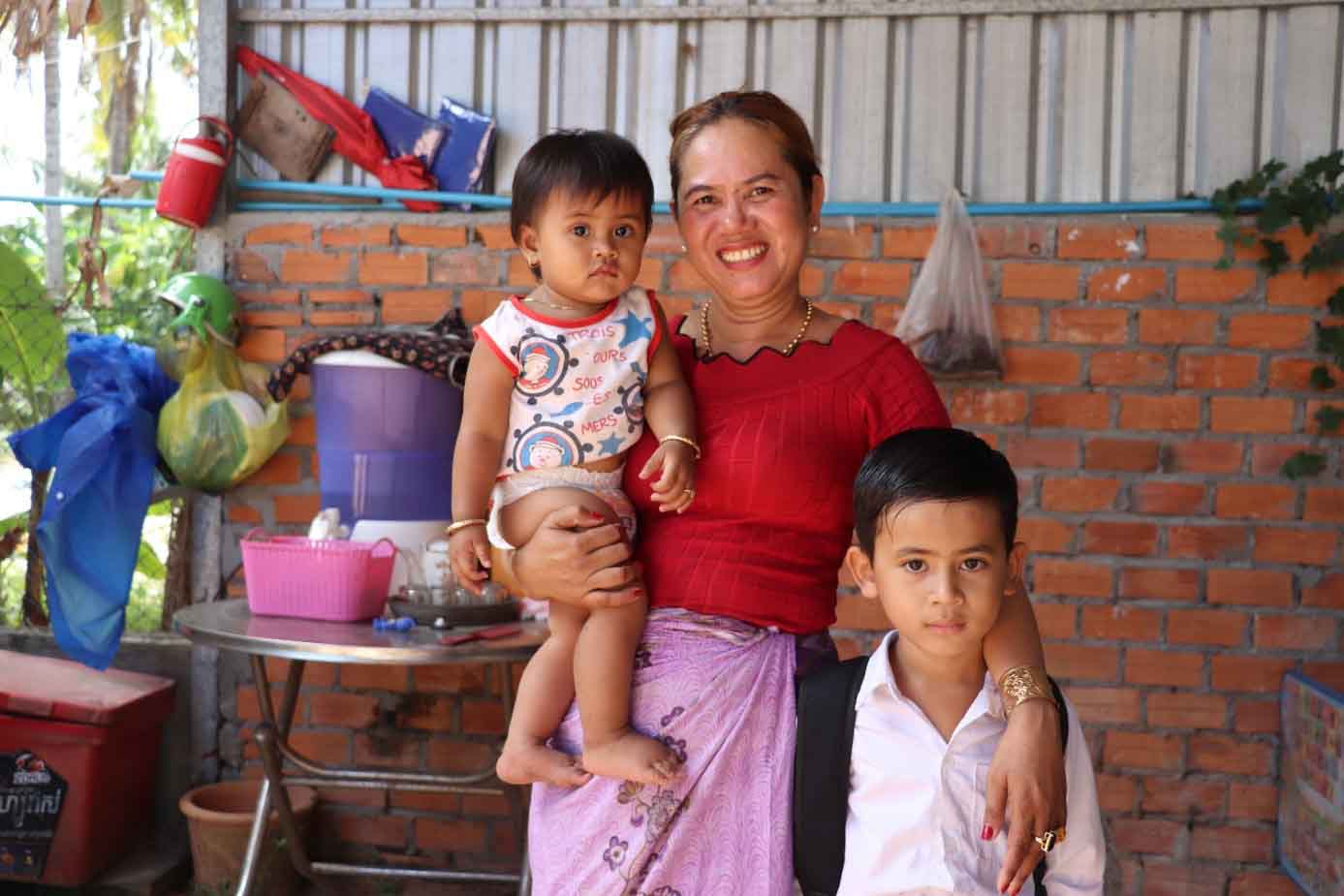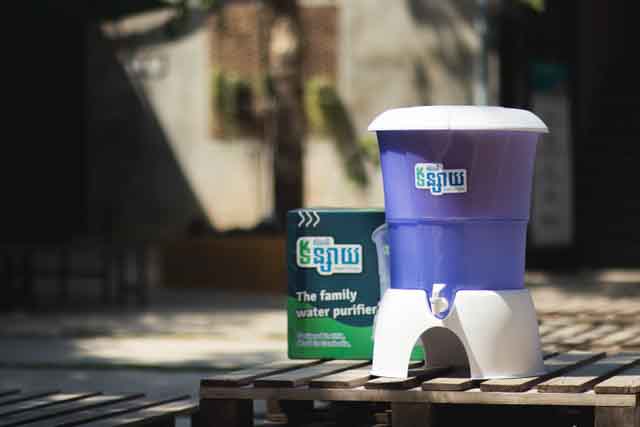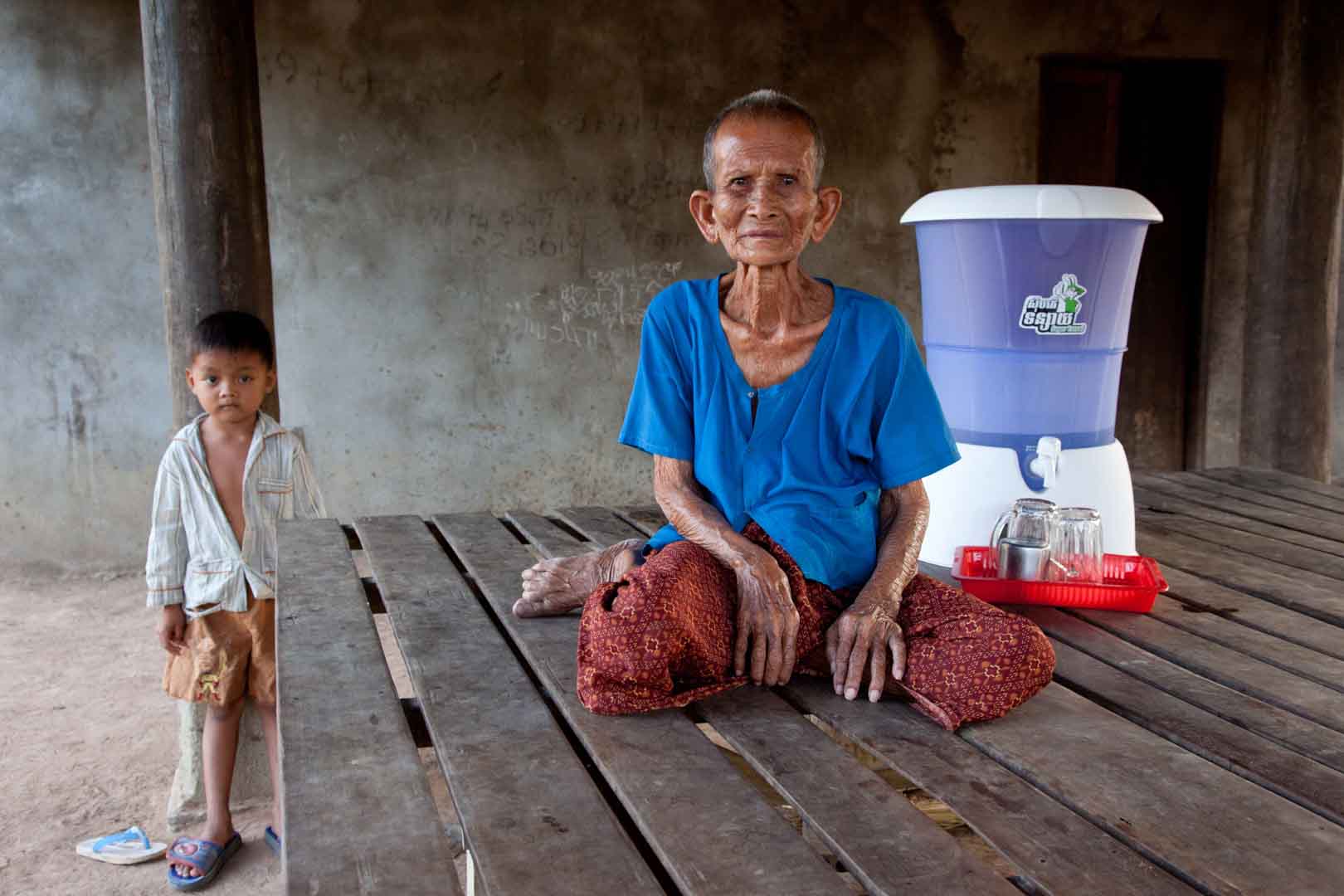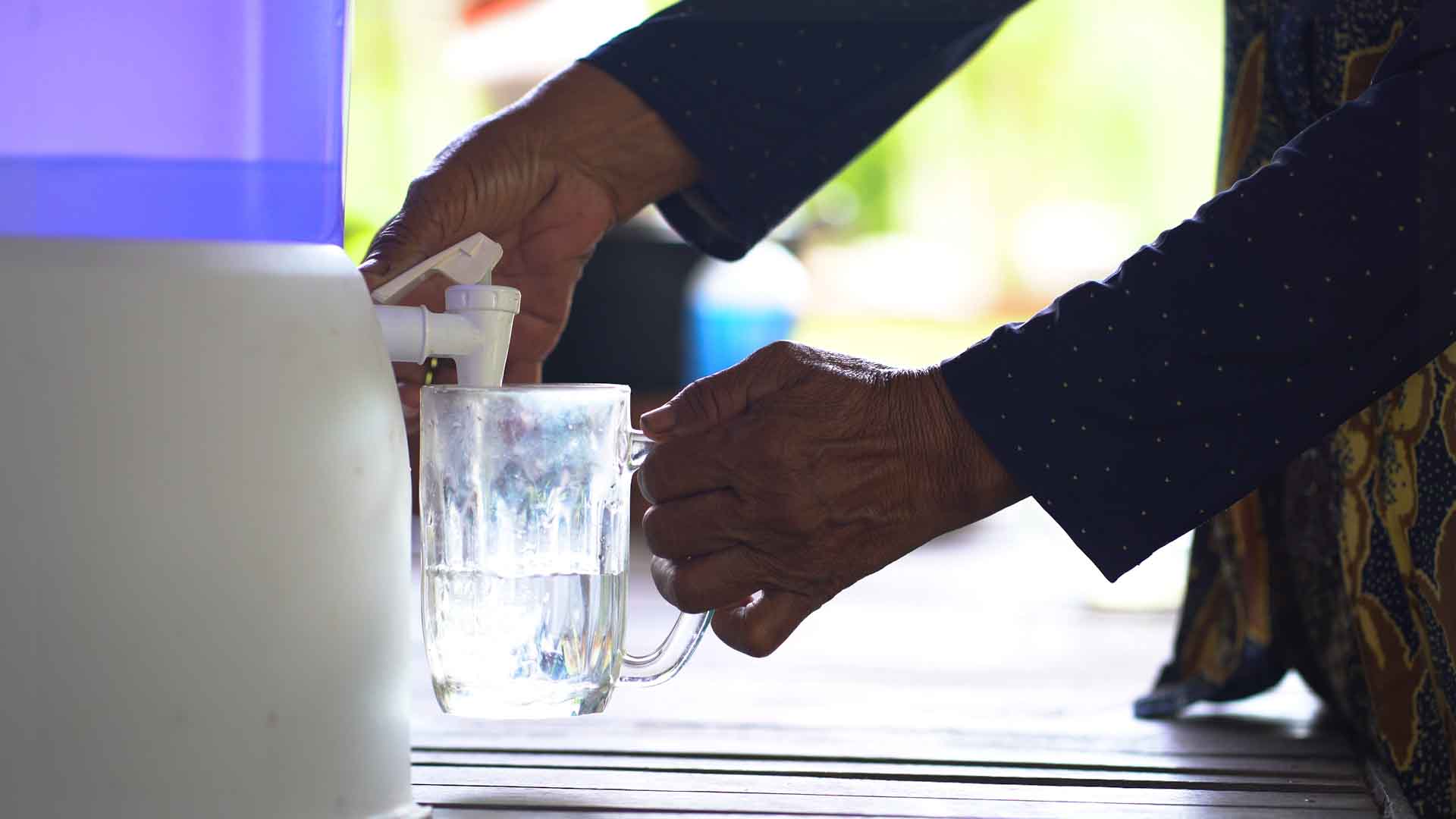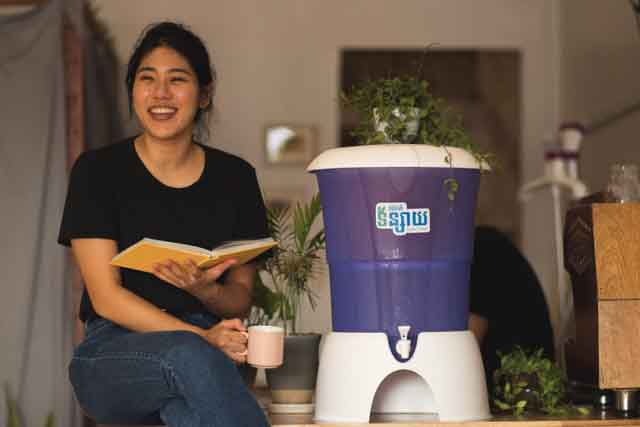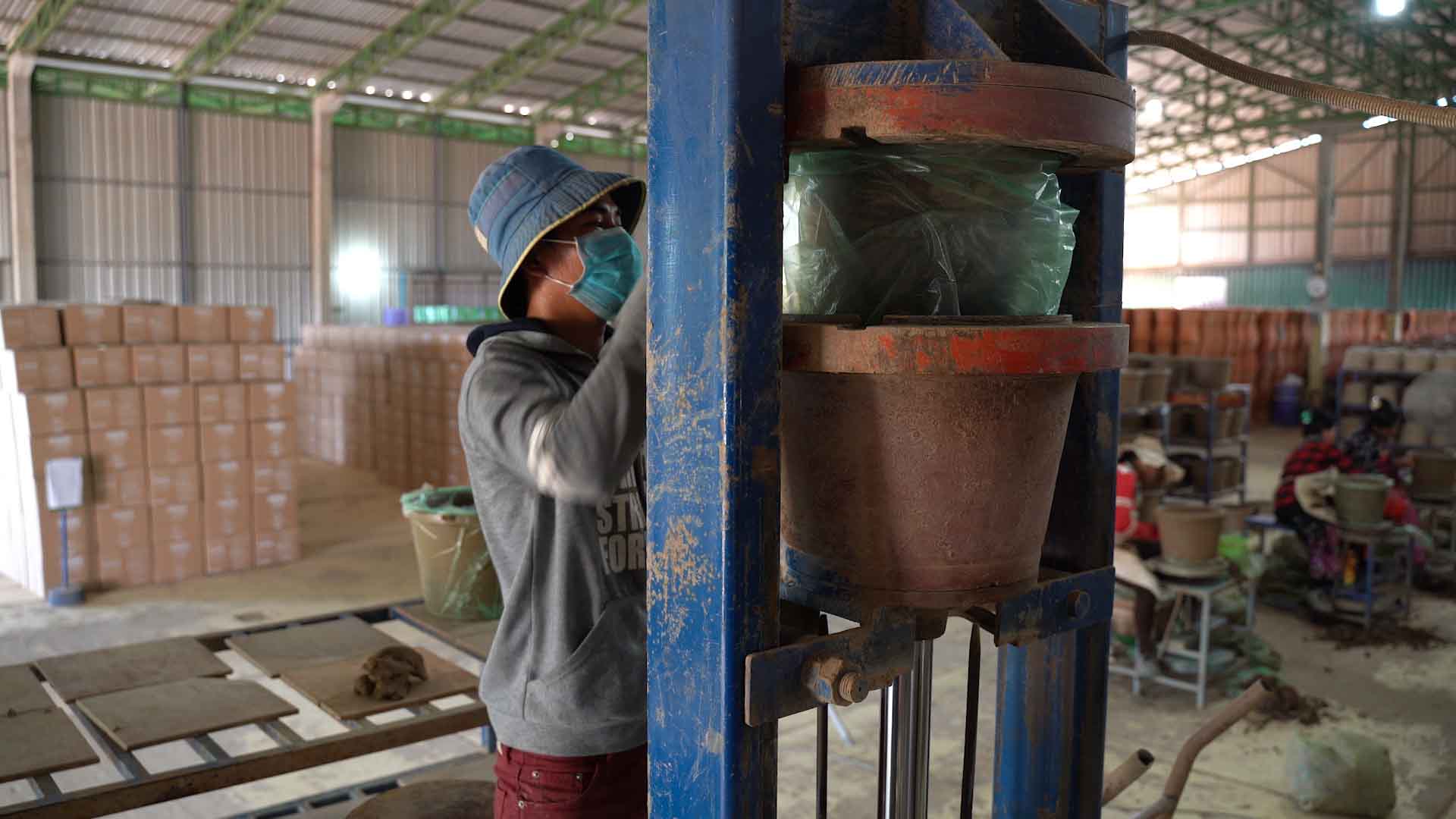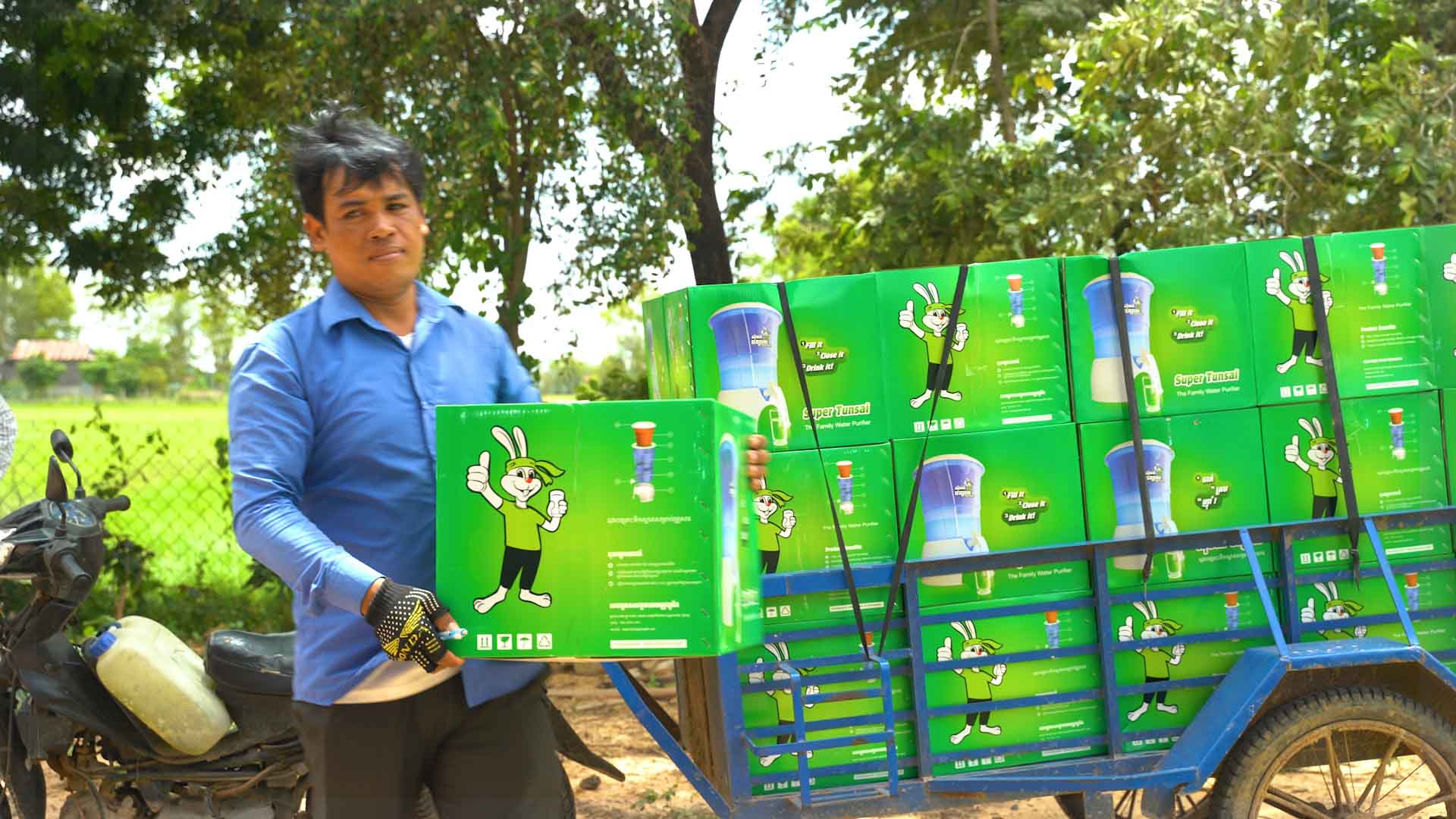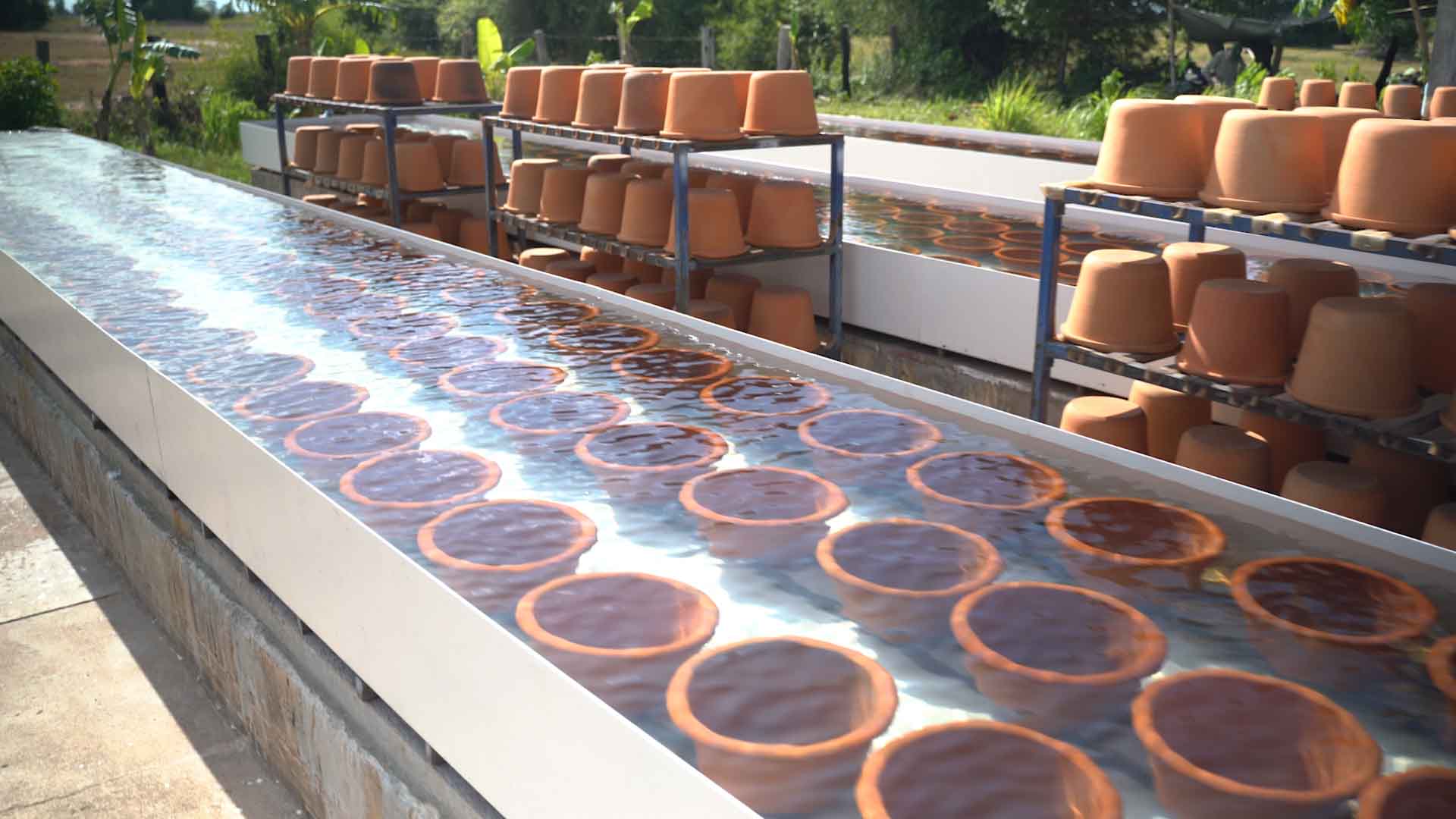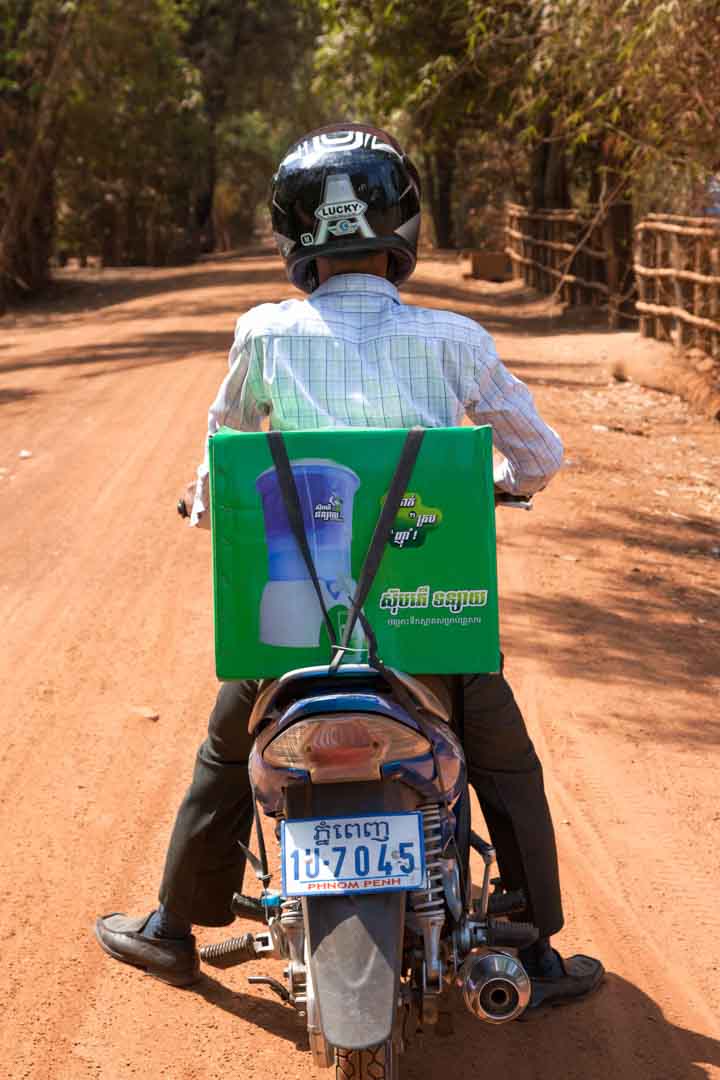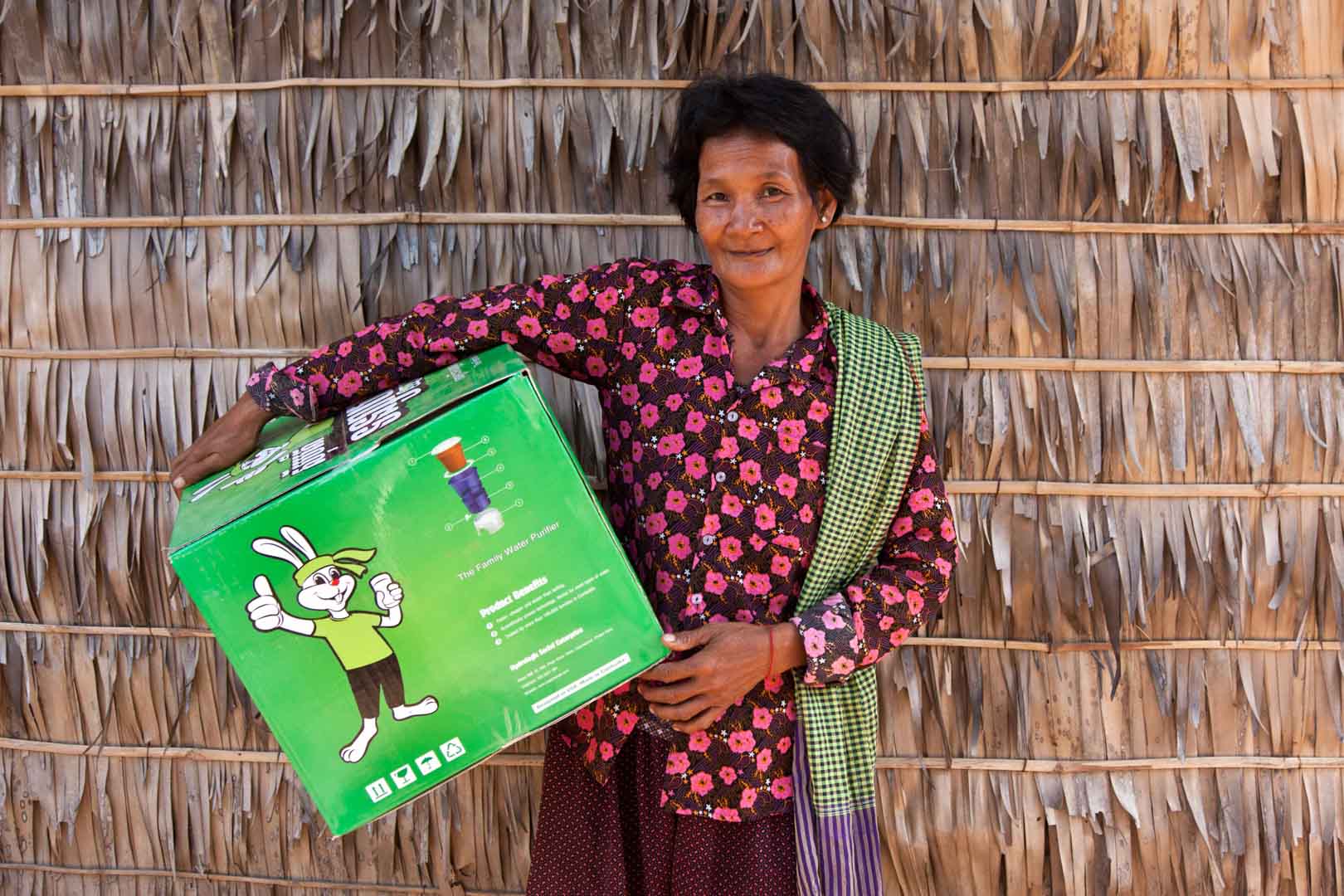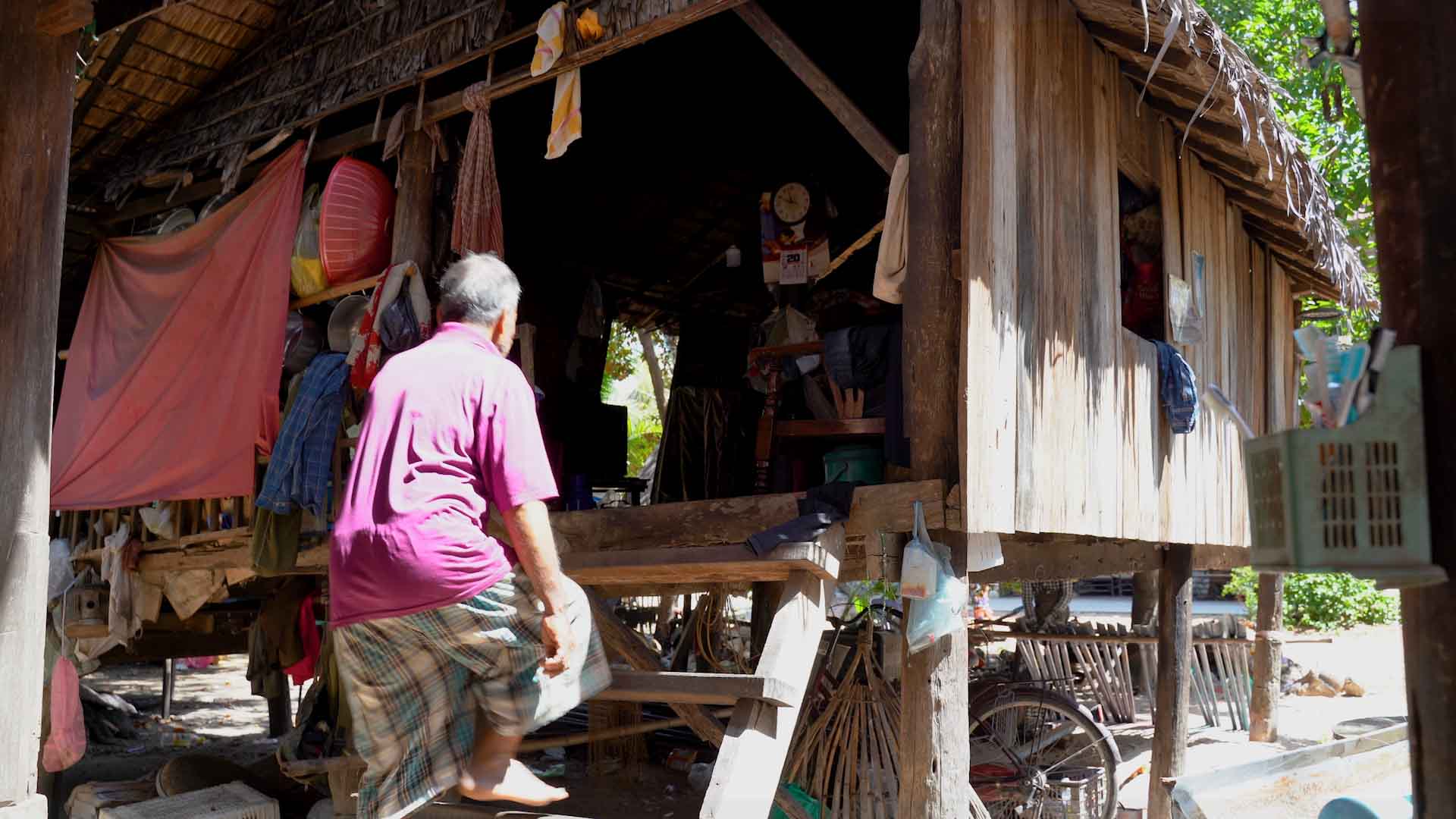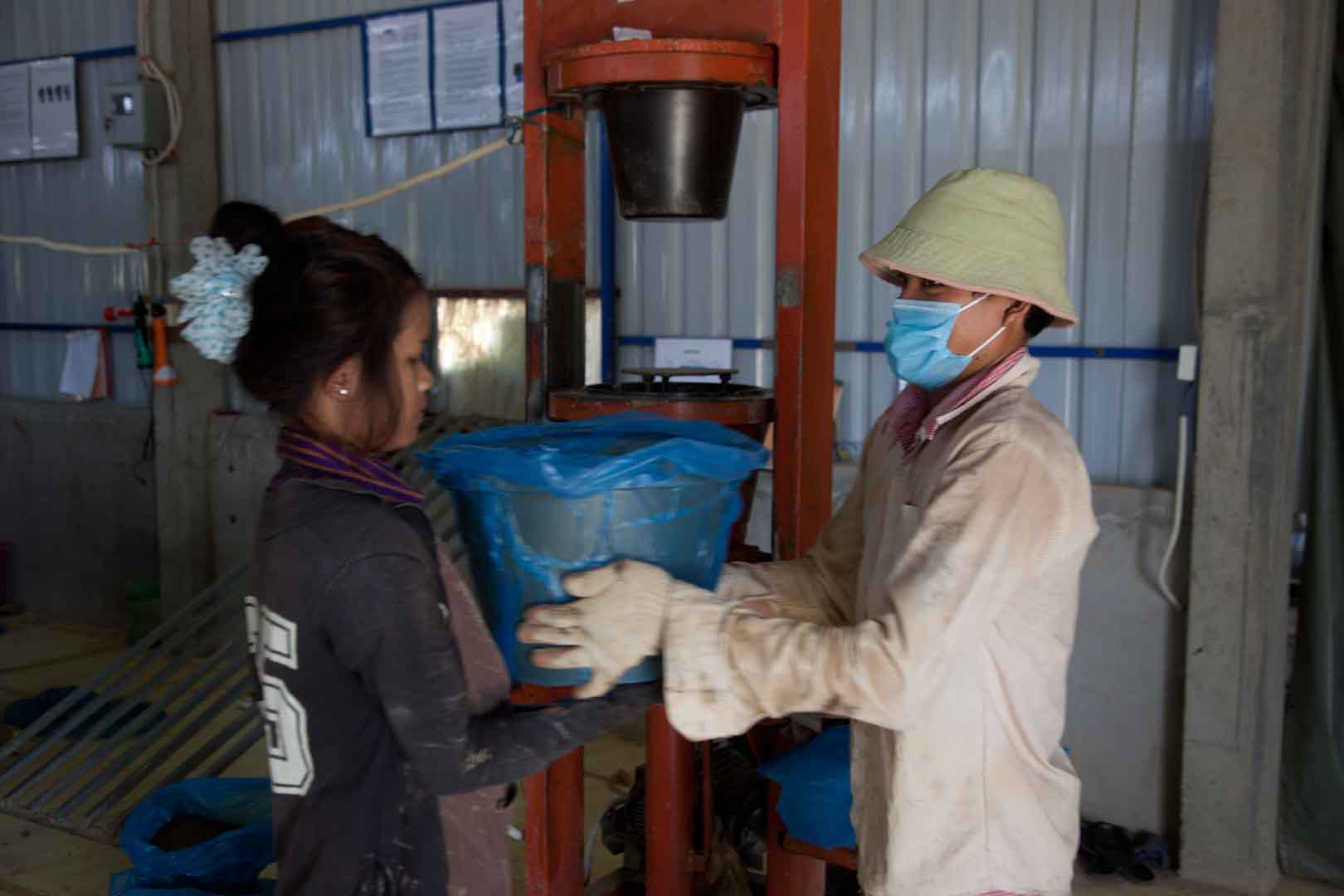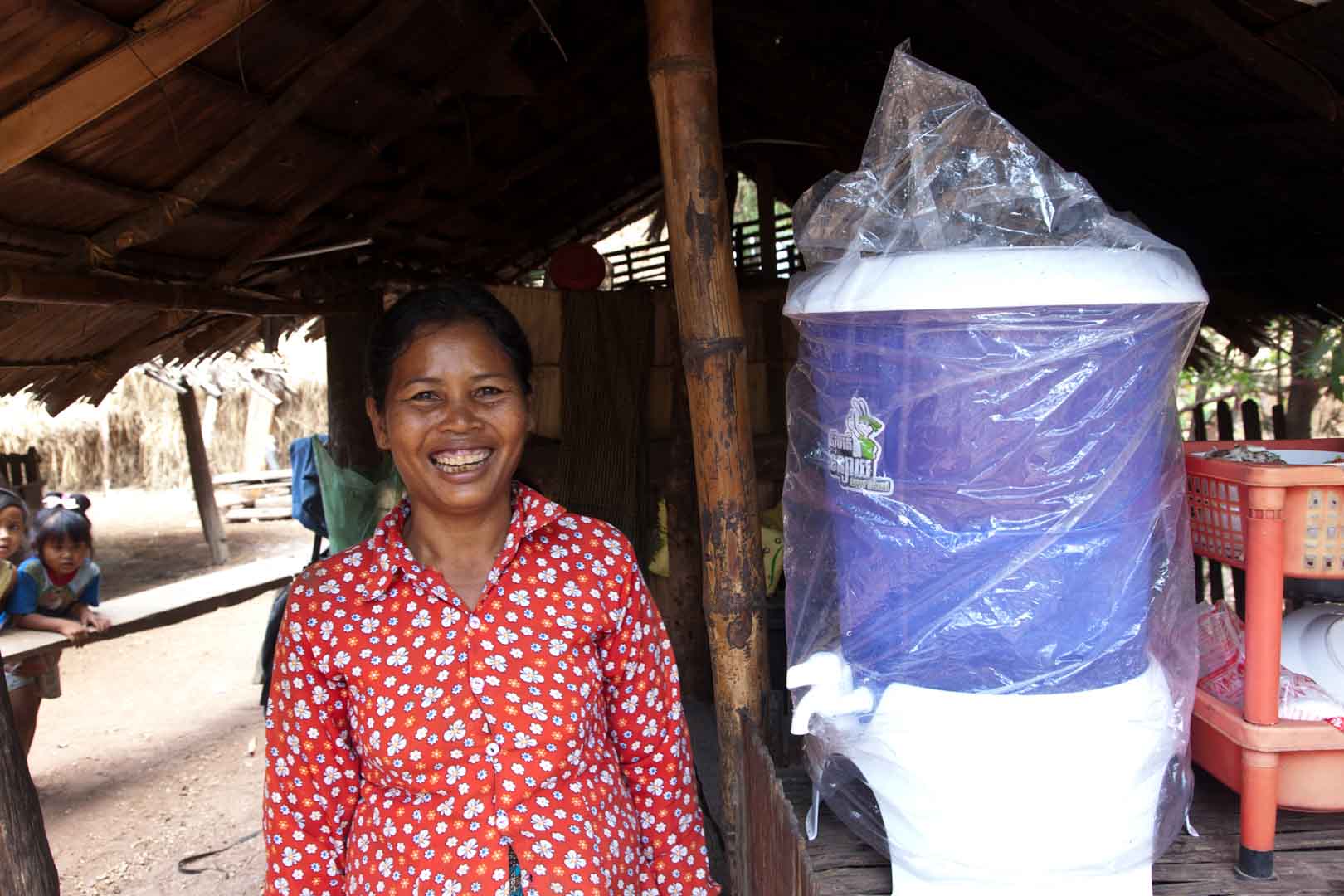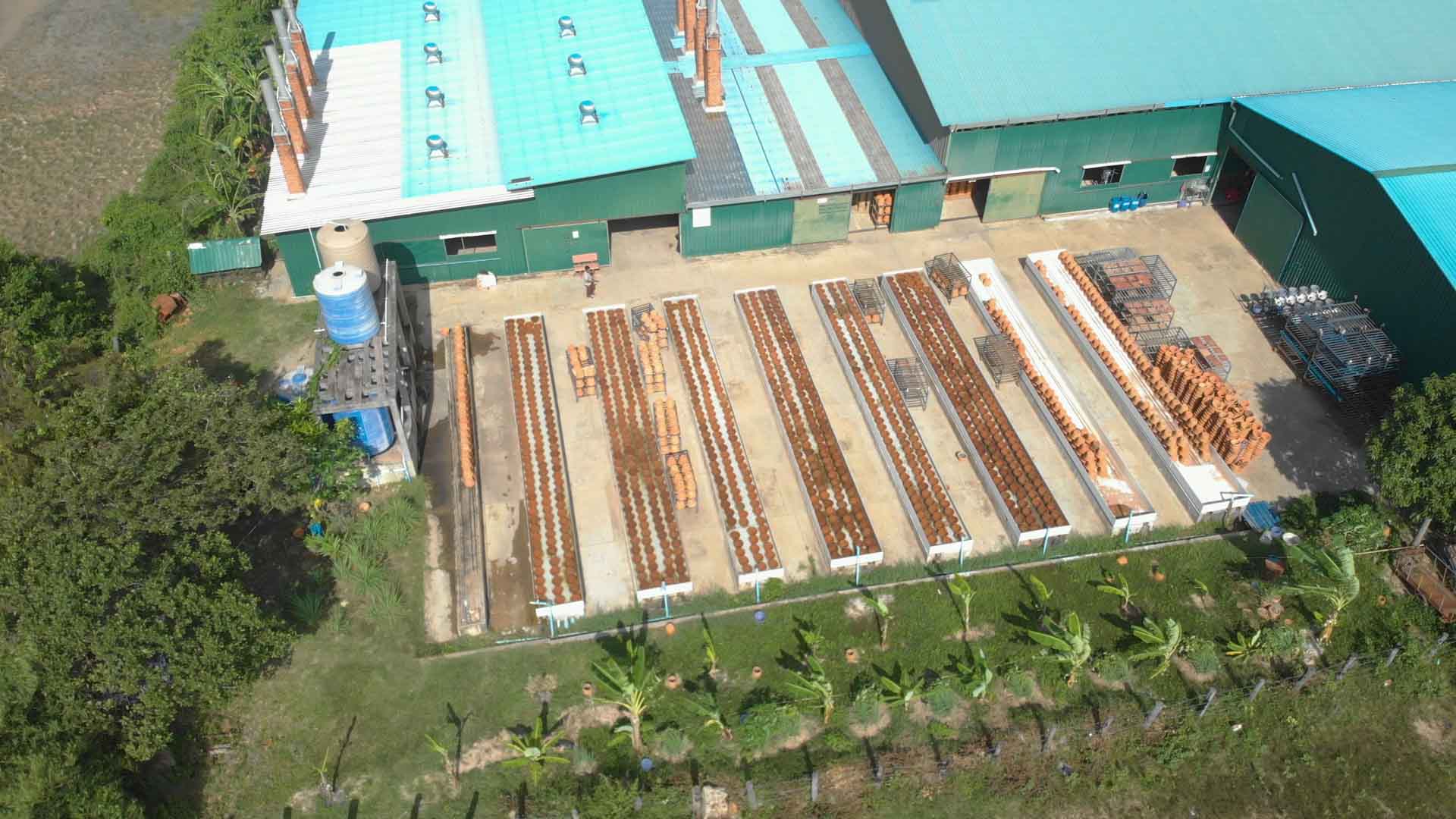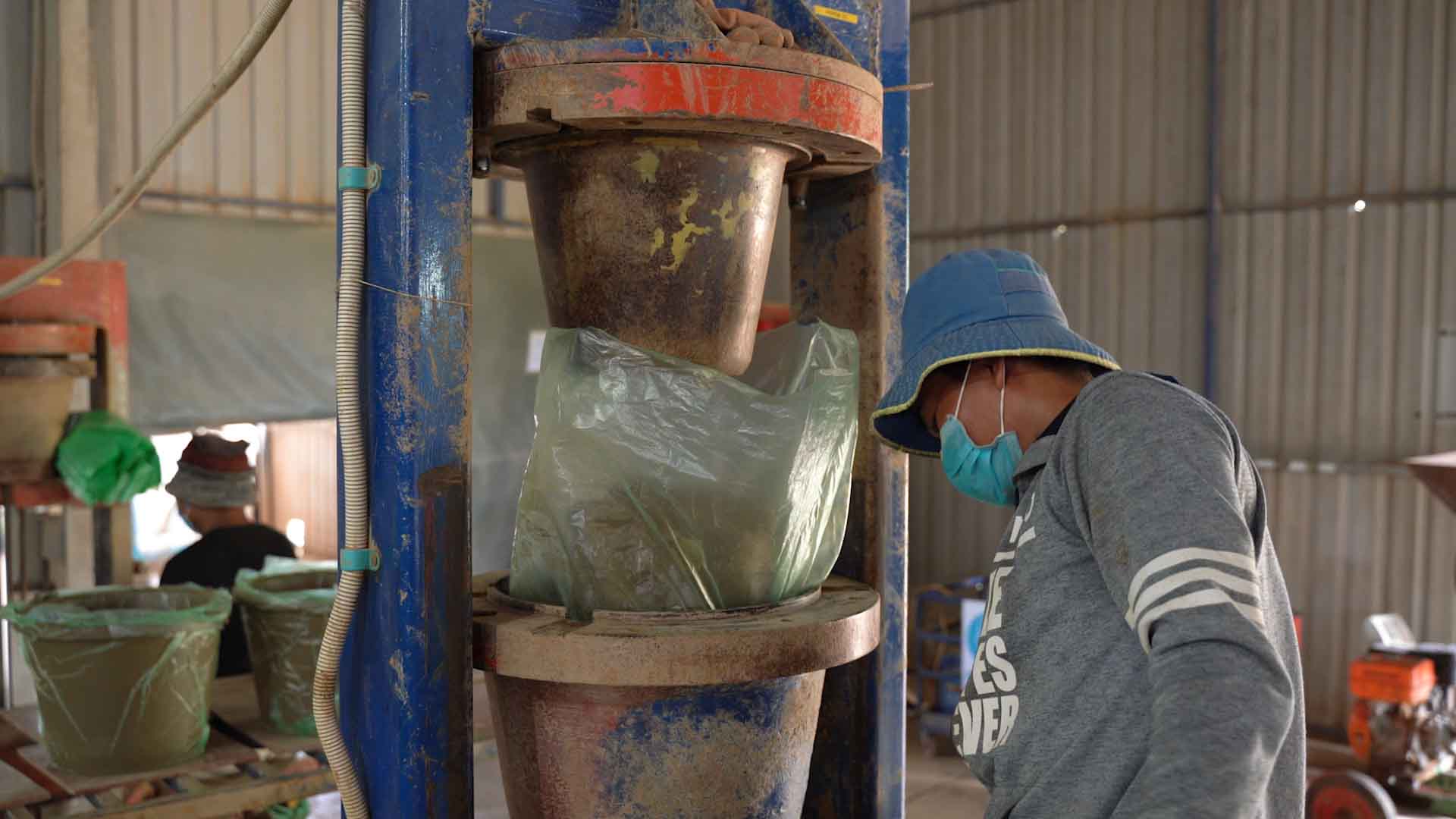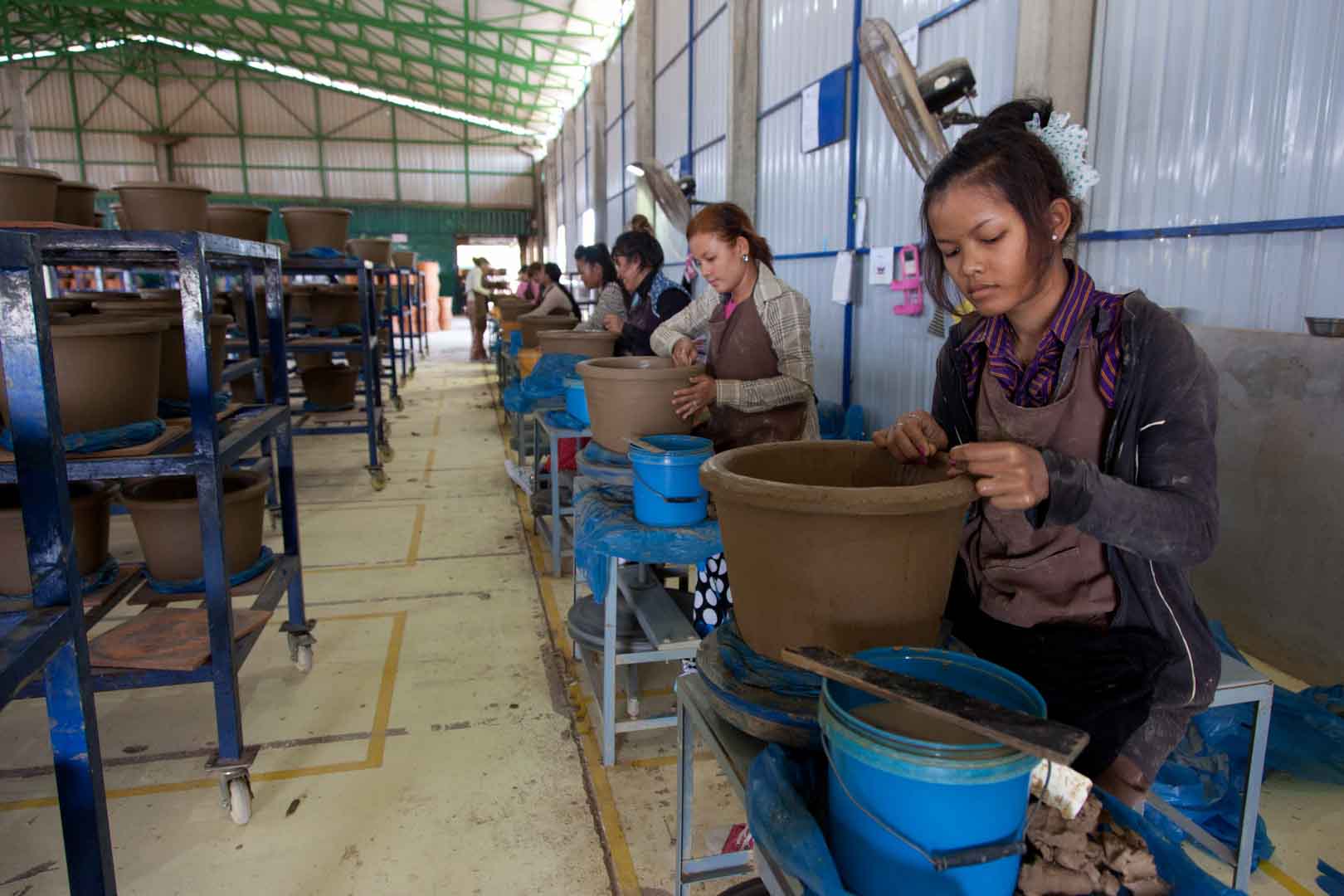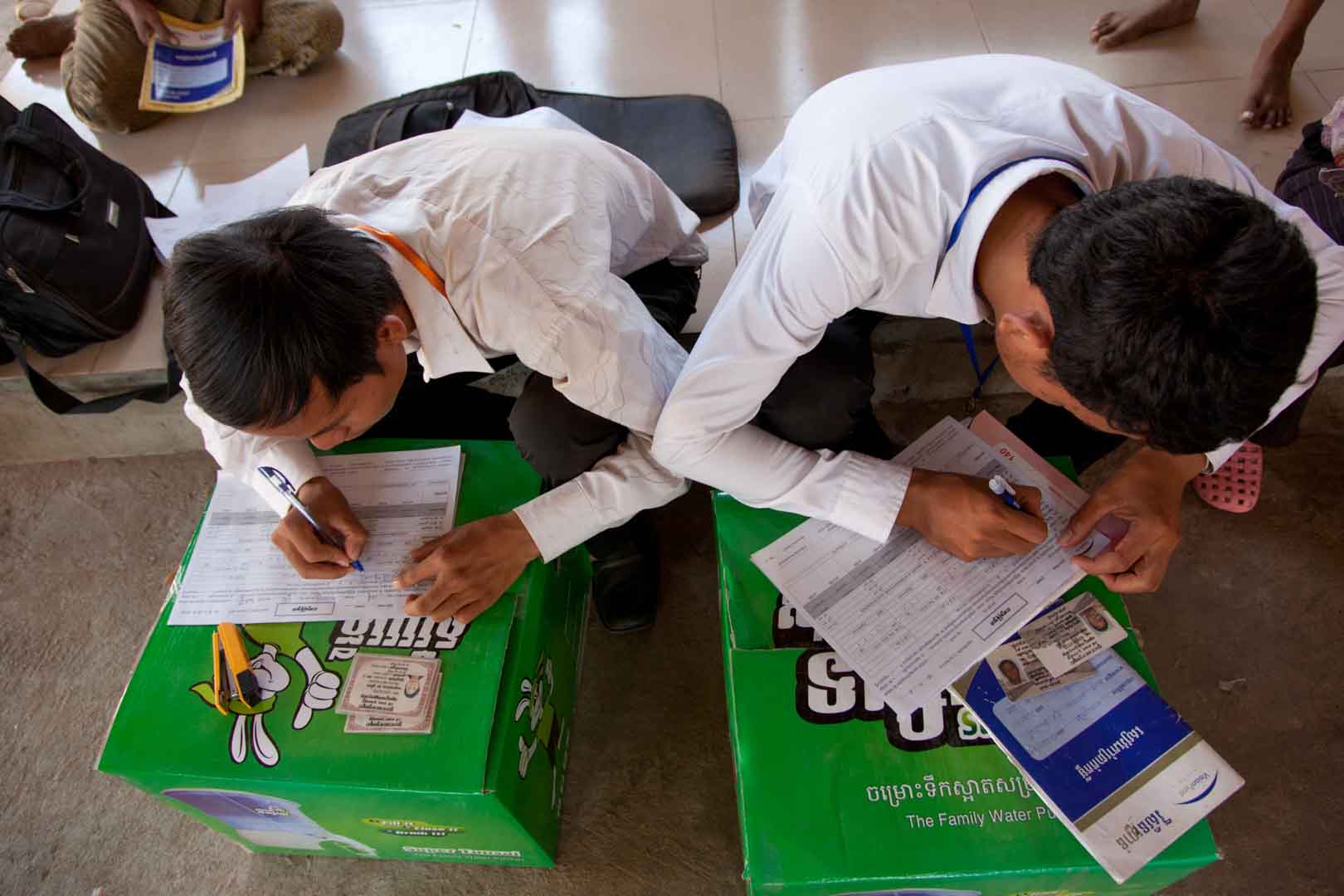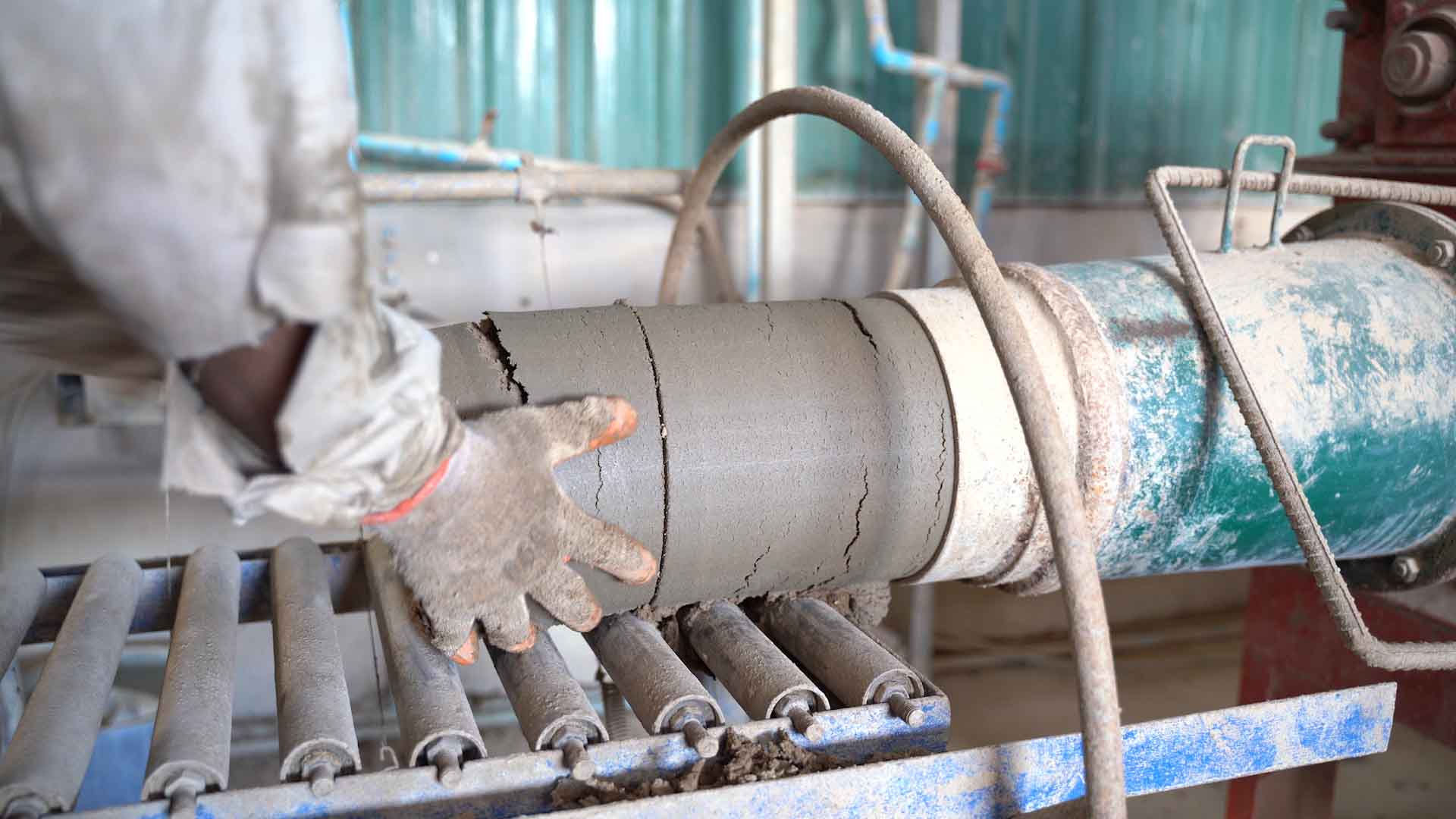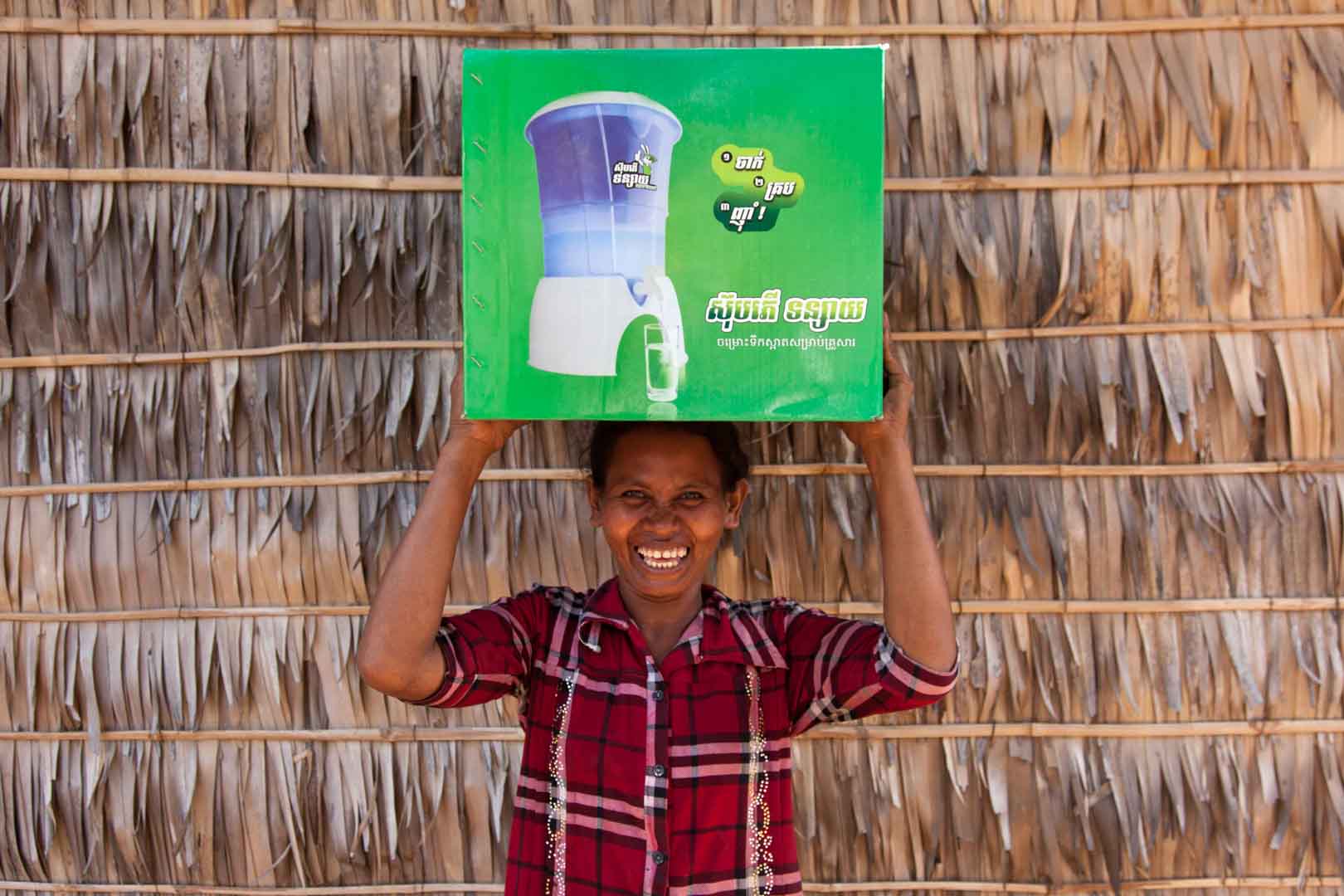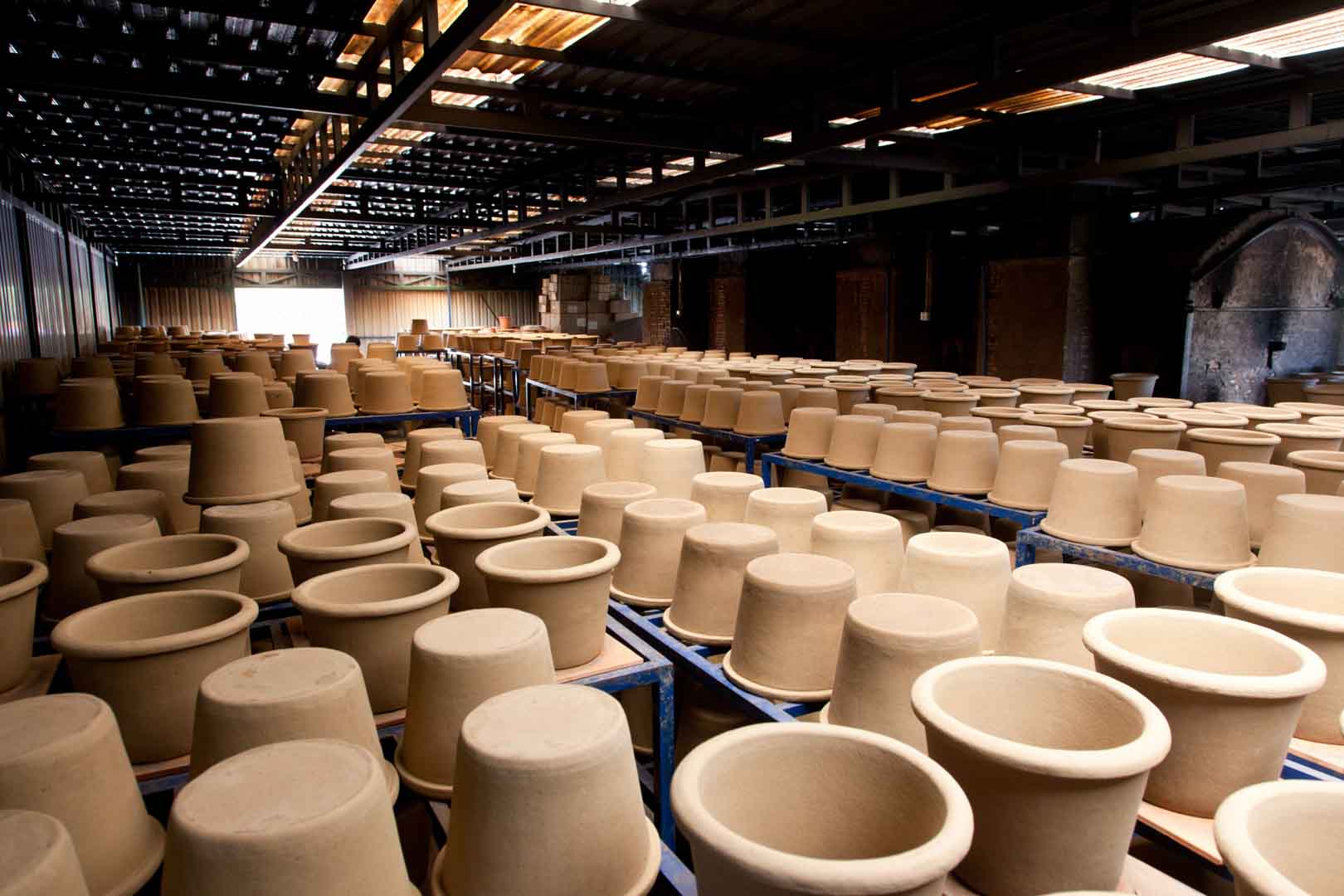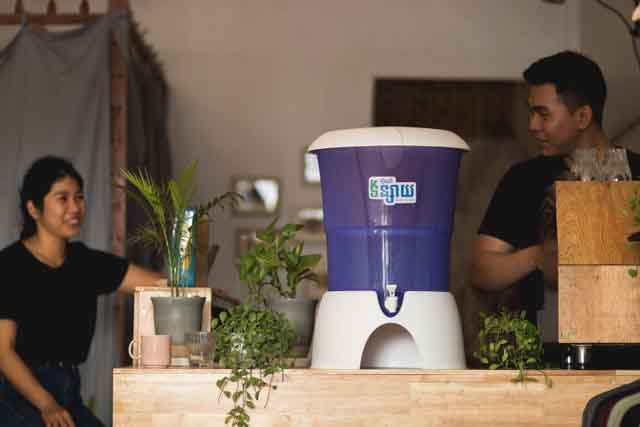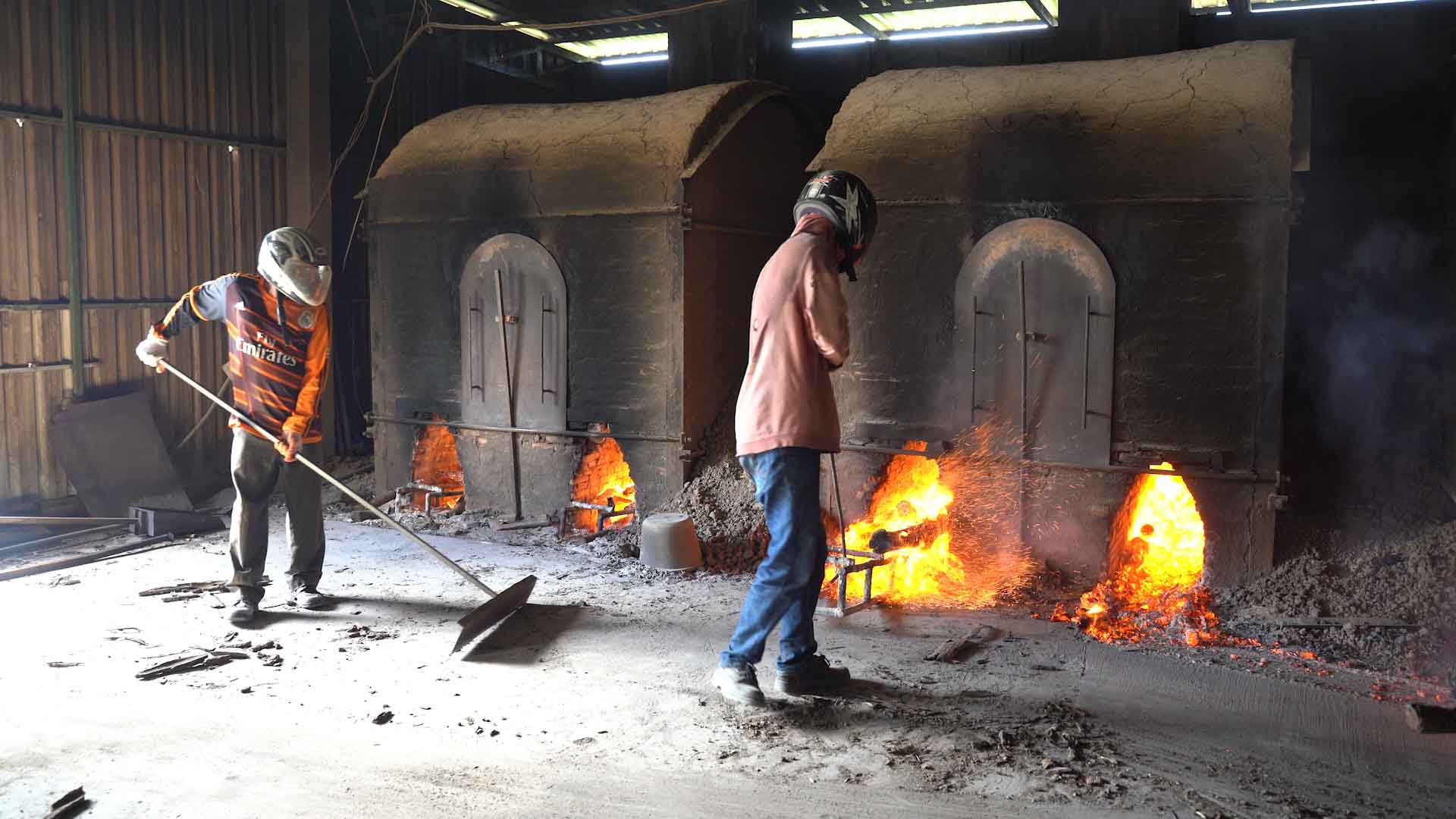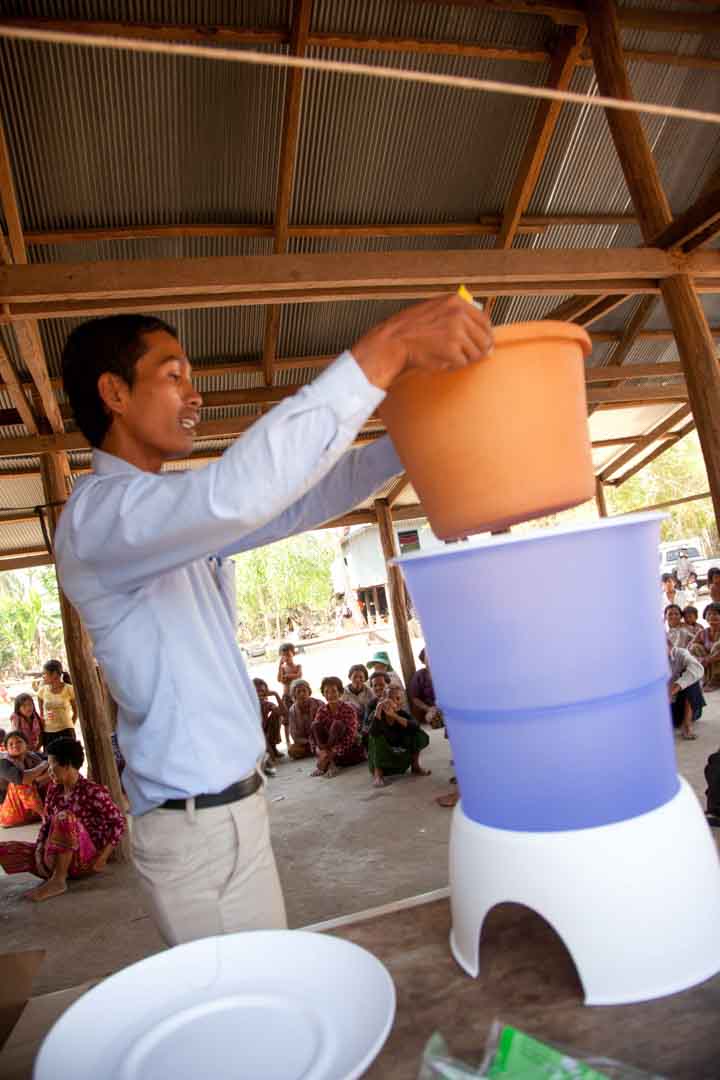Clean water through natural filter technology
With the help of the project, 1.7 million people in Cambodia receive clean drinking water through ceramic water filtration systems. The filtration is based on an ancient method in which the water seeps through baked clay. The pore size is so small that it removes up to 99.99% of impurities. Every hour, 2-3 litres of water flow through the ceramic vessel into the storage tank. One filtration system covers the needs of a family of five.
The water purifier eliminates the need to boil water with wood or charcoal. It avoids carbon emissions, reduces air pollution, lowers fuel costs and helps protect Cambodia's endangered forests.
Produced locally, the filters have the advantages of being effective, inexpensive, low maintenance, chemical free and easy to use. In addition, the production and transport of the filters provide income opportunities for the local population.
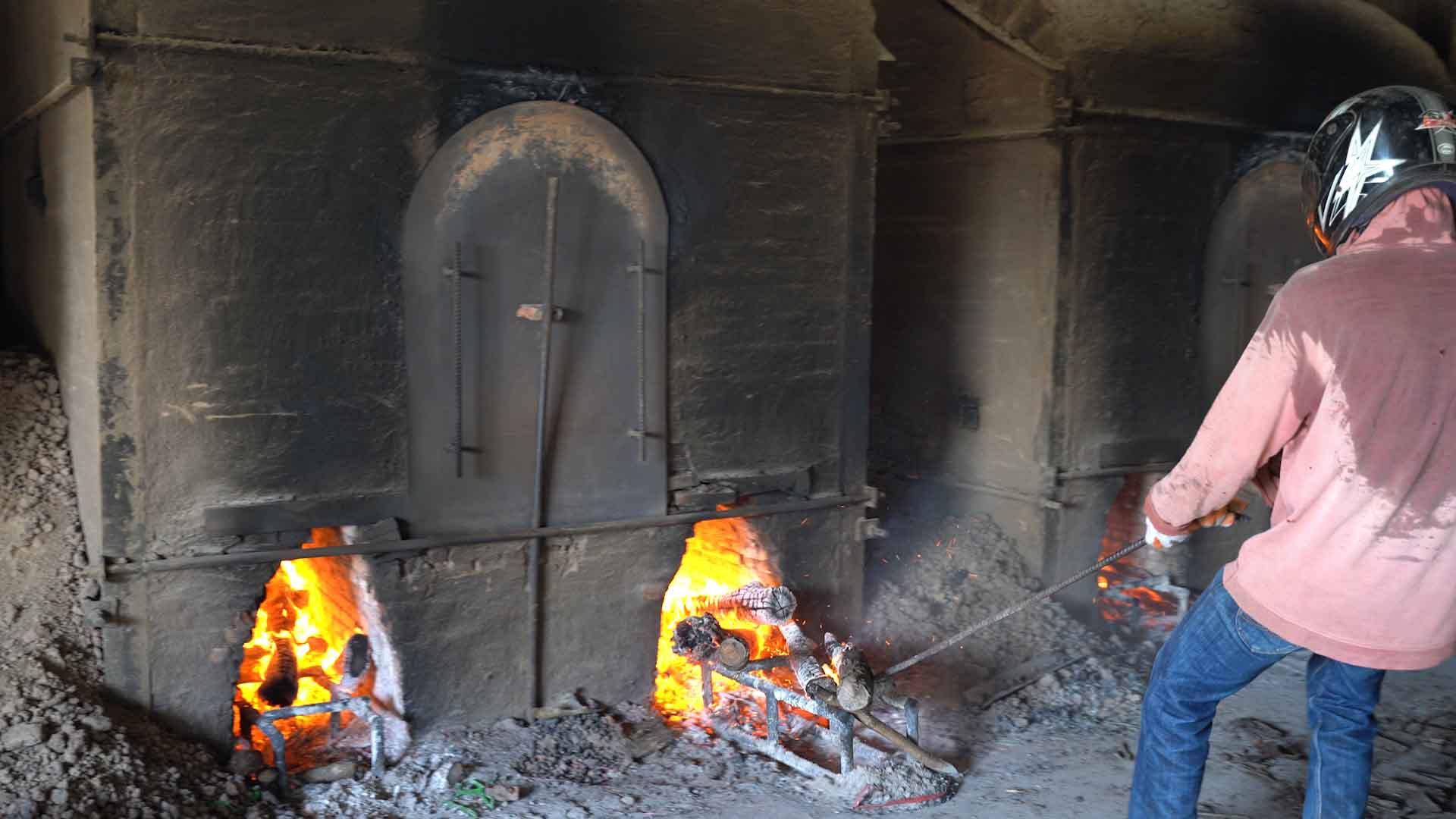
According to UNICEF, 2.2 billion people worldwide lack reliable access to safe and clean drinking water – 26% of the global population. Women and girls often must travel long distances to collect water from the nearest water point. To make the water safe for use, it is typically boiled over open fires using wood, which generates carbon emissions and harmful smoke. Additionally, the collection of firewood contributes to deforestation.
Climate projects for clean drinking water offer practical solutions. Water can be treated chemically (e.g., with chlorine-based purifiers), mechanically (e.g., with water filters), or through tapping groundwater from wells. For this, wells must be repaired, maintained, or newly installed, as only functioning wells provide clean drinking water. These solutions grant even remote villages access to safe water.
Such projects also reduce carbon emissions by eliminating the need to boil water and help combat deforestation. The clean drinking water projects in ClimatePartner's portfolio are registered with international standards.
Explore our projects
Biochar for Climate Action, Healthy Soils, and Better Harvests

A certified climate project combined with additional commitment

Expansion of renewable energy generation in Asia
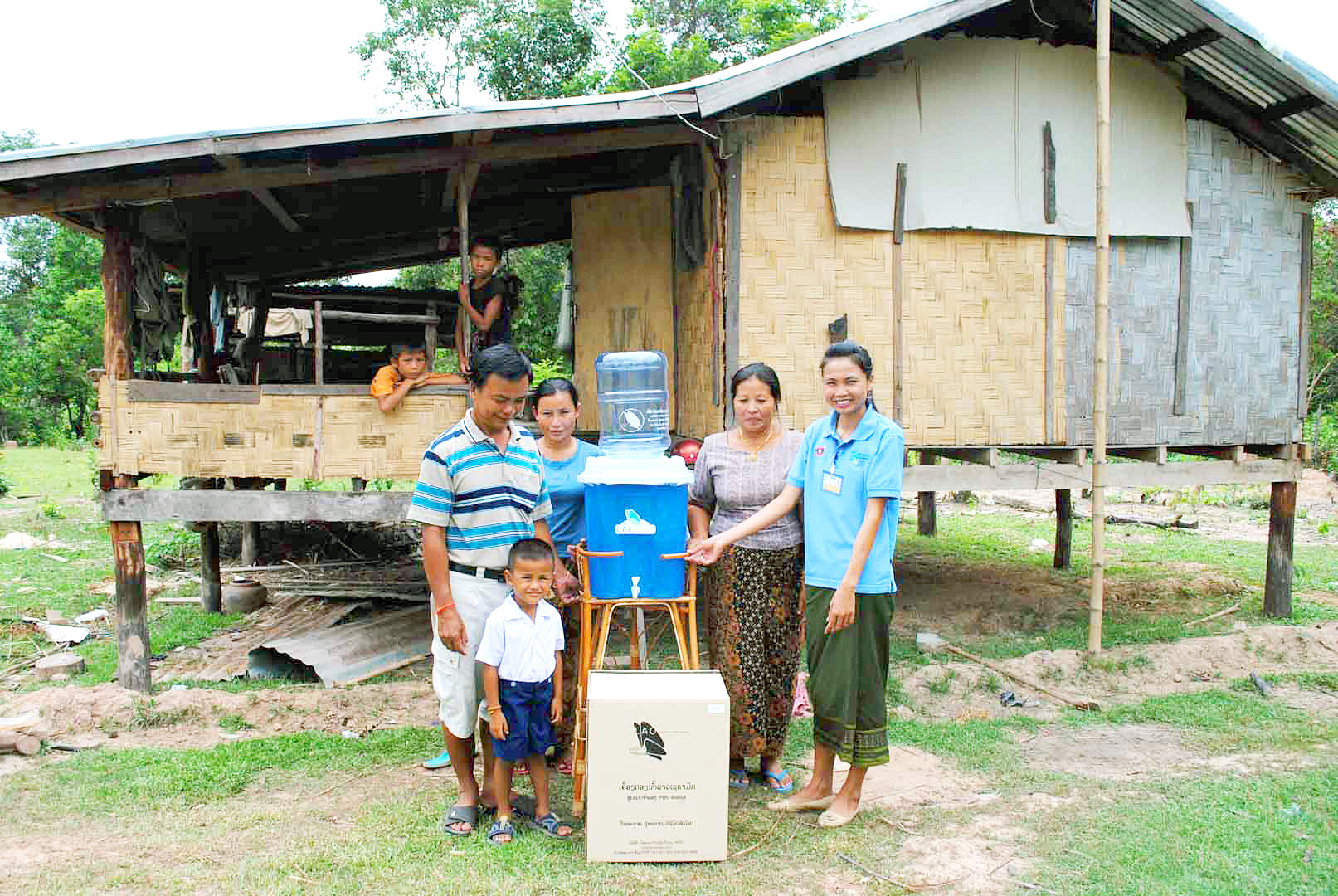
Ceramic water filters save CO2 and improve health
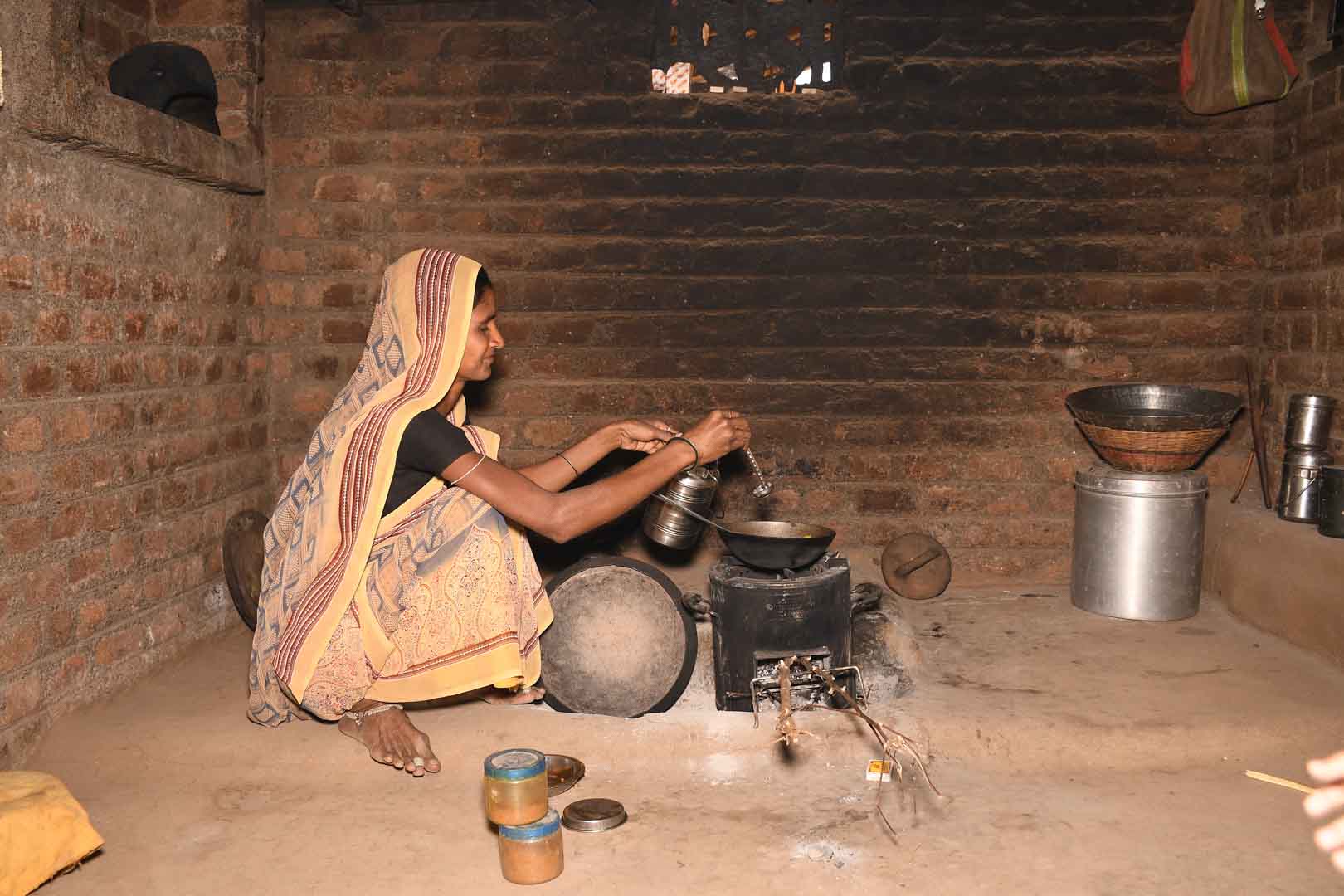
Improved cookstoves worldwide – for better health and cleaner air

A certified climate project combined with additional commitment
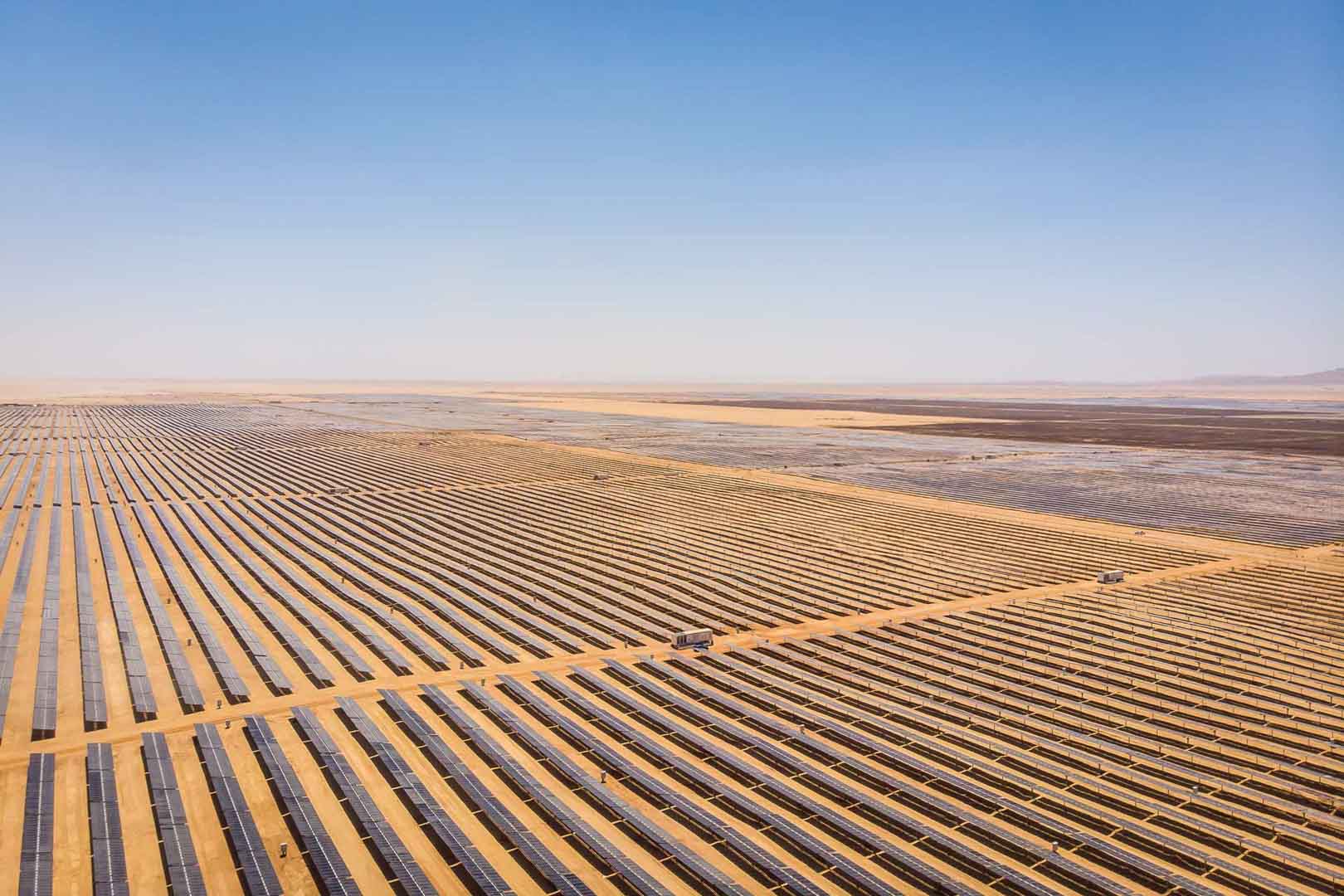
Powering access to renewable energy in Africa

A certified climate project combined with additional commitment
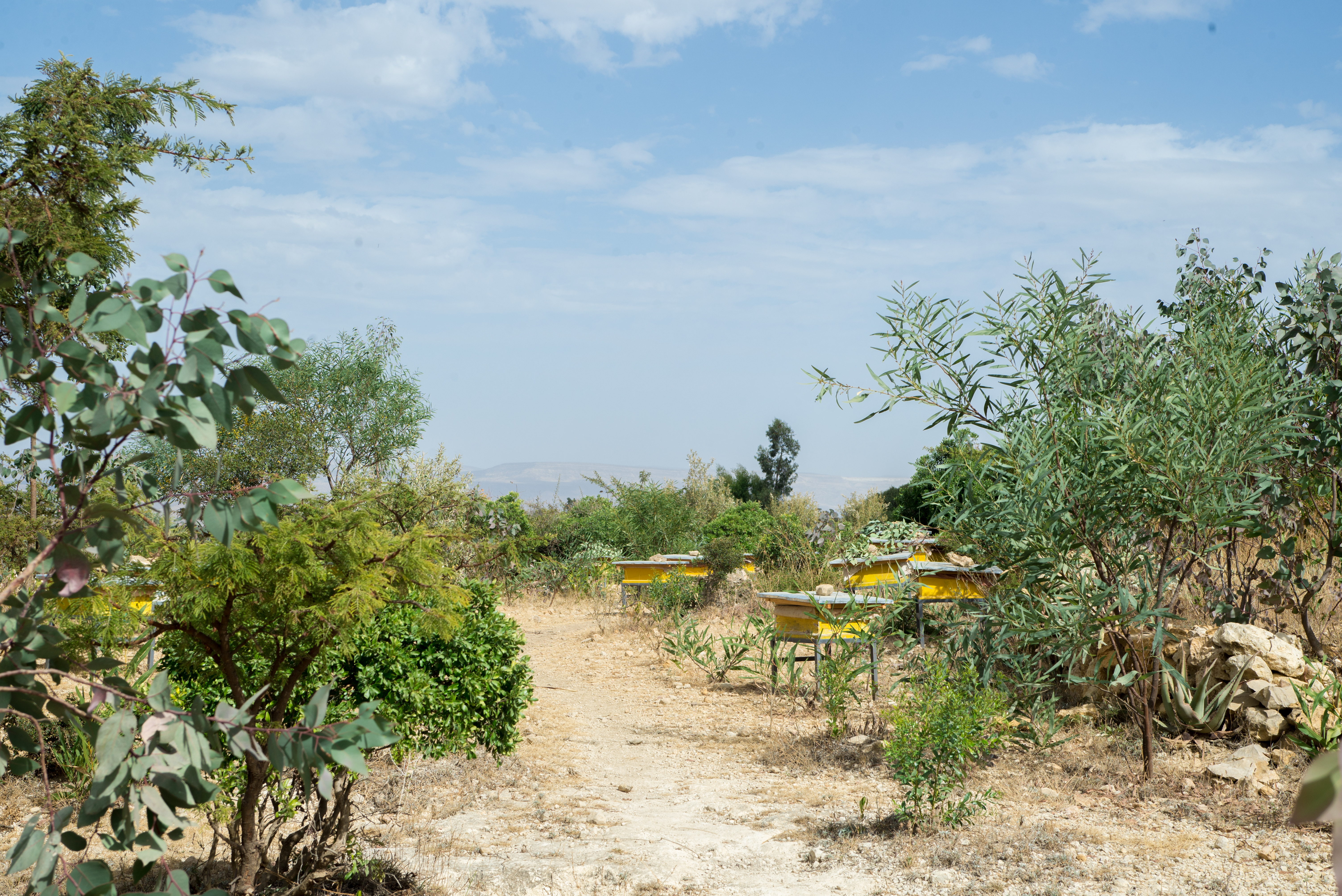
Restored ecosystems remove carbon
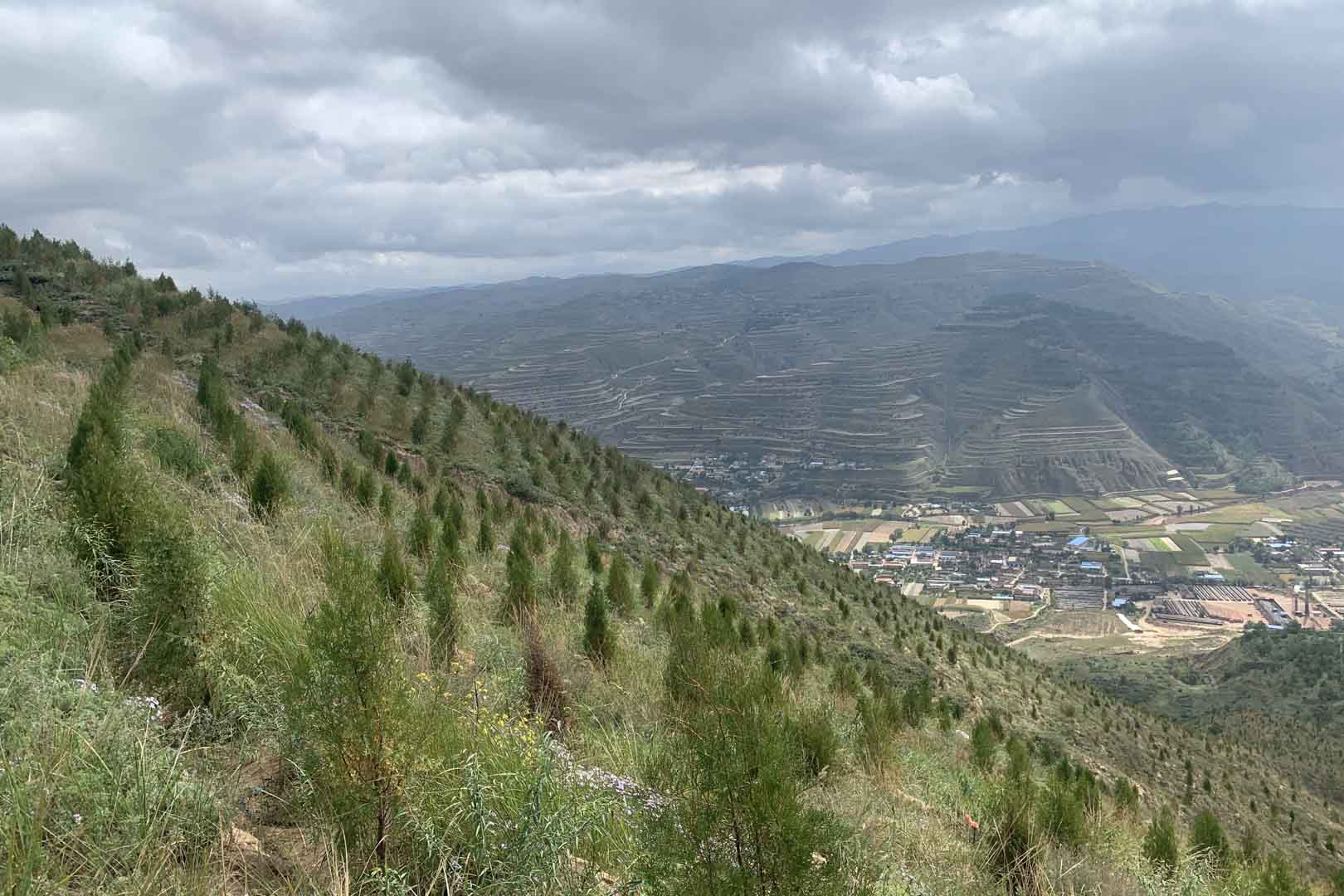
Turning degraded farmlands into healthy ecosystems
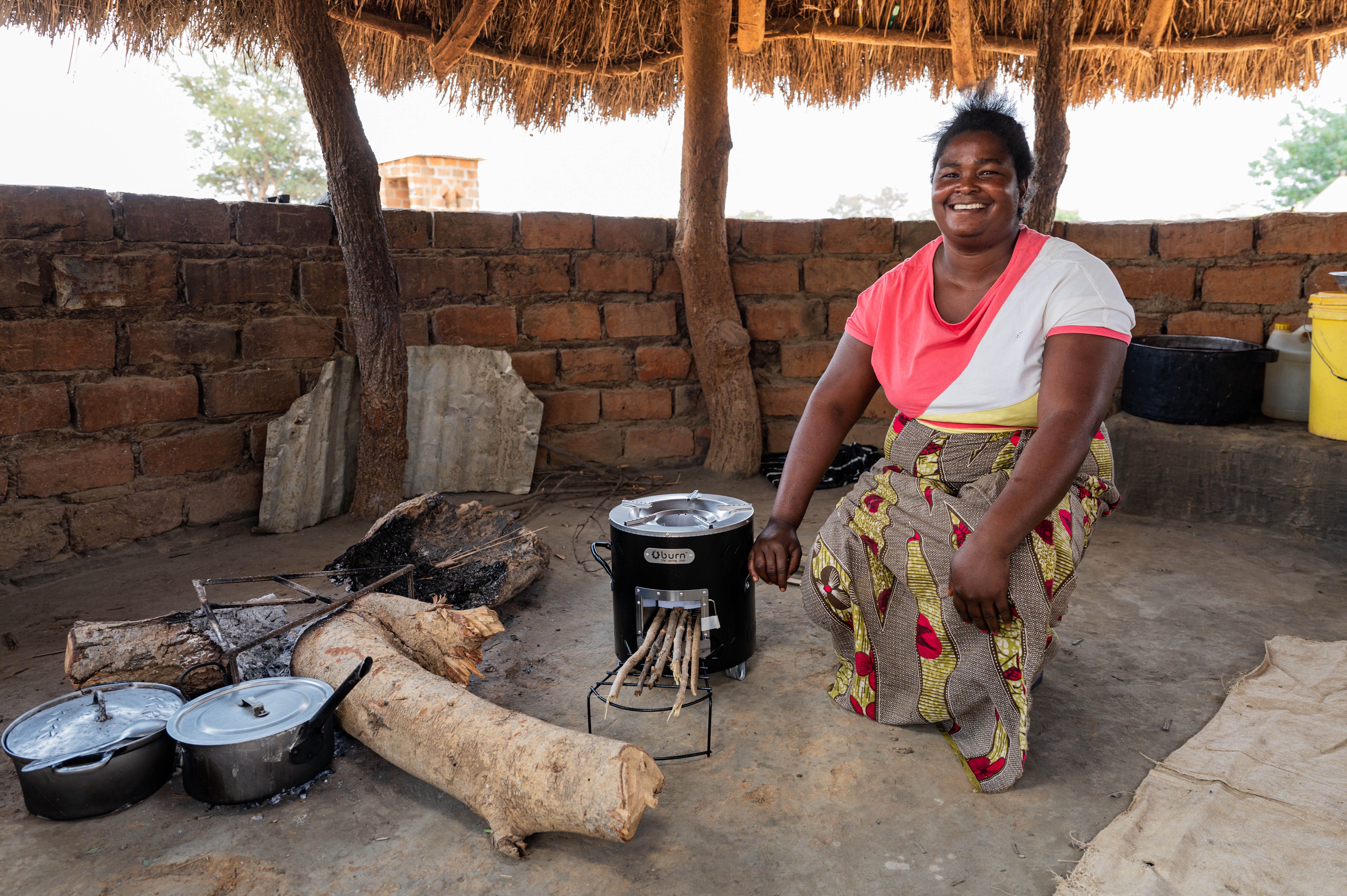
Improved cookstoves - better for health and the environment
